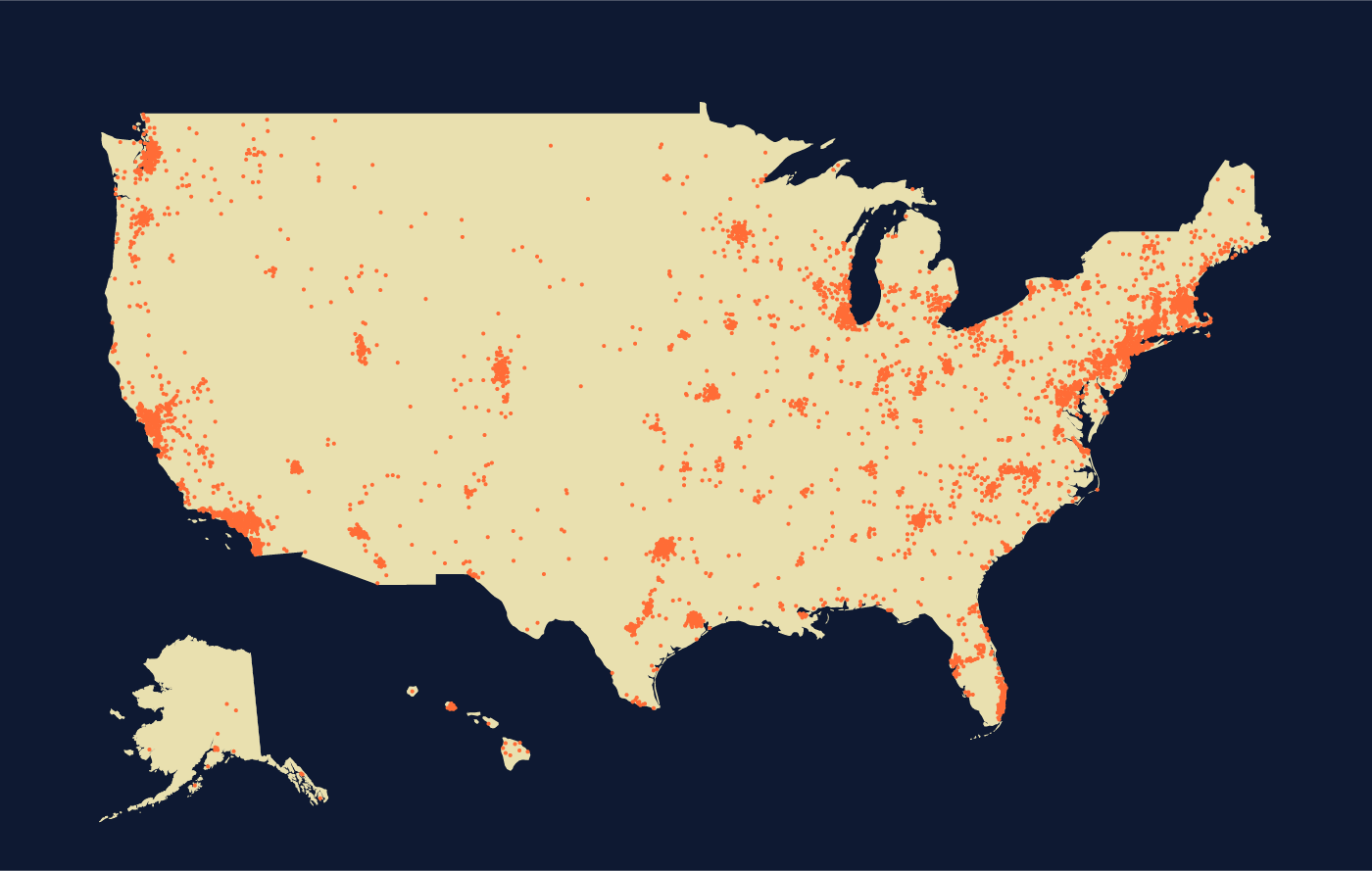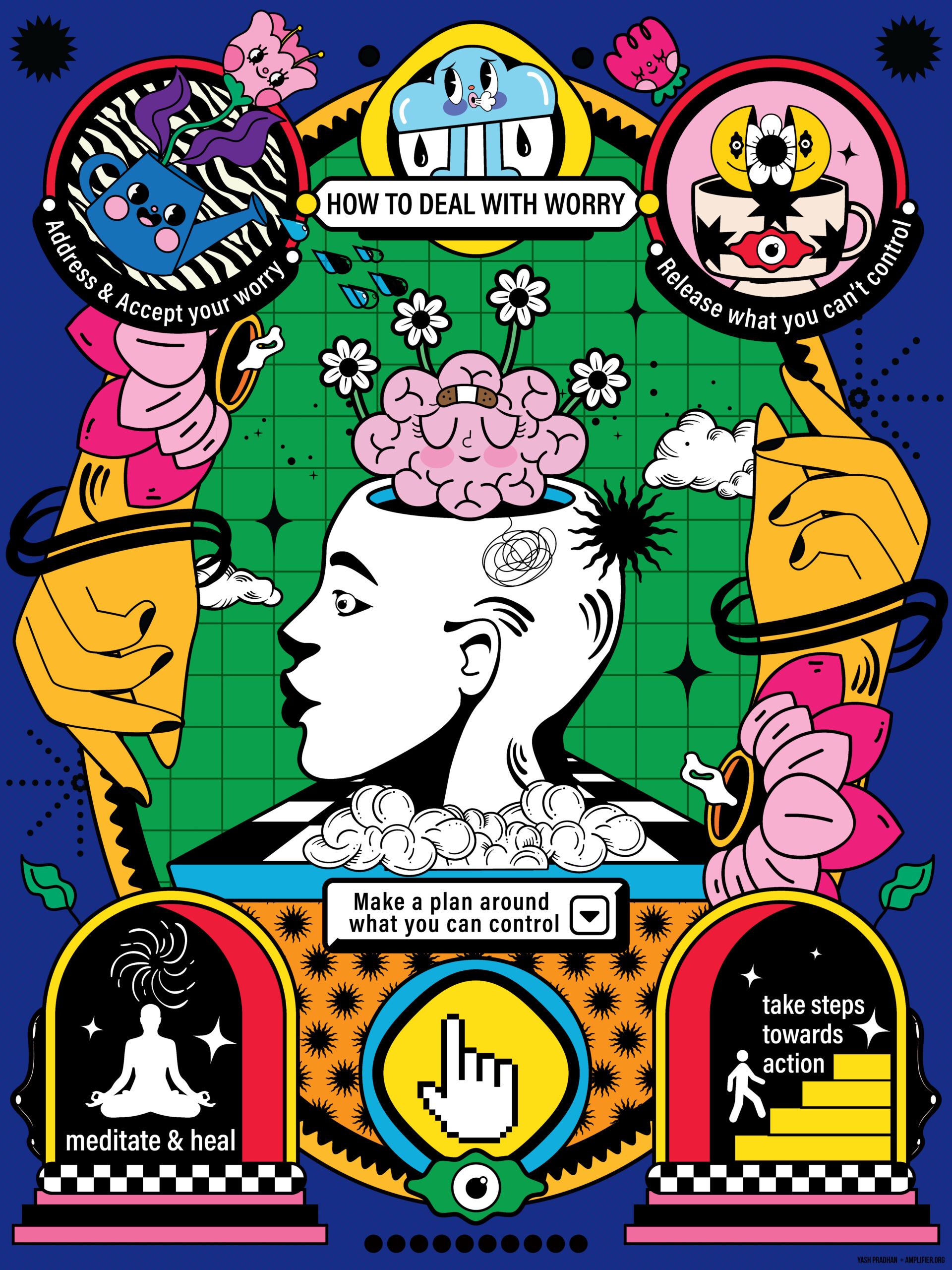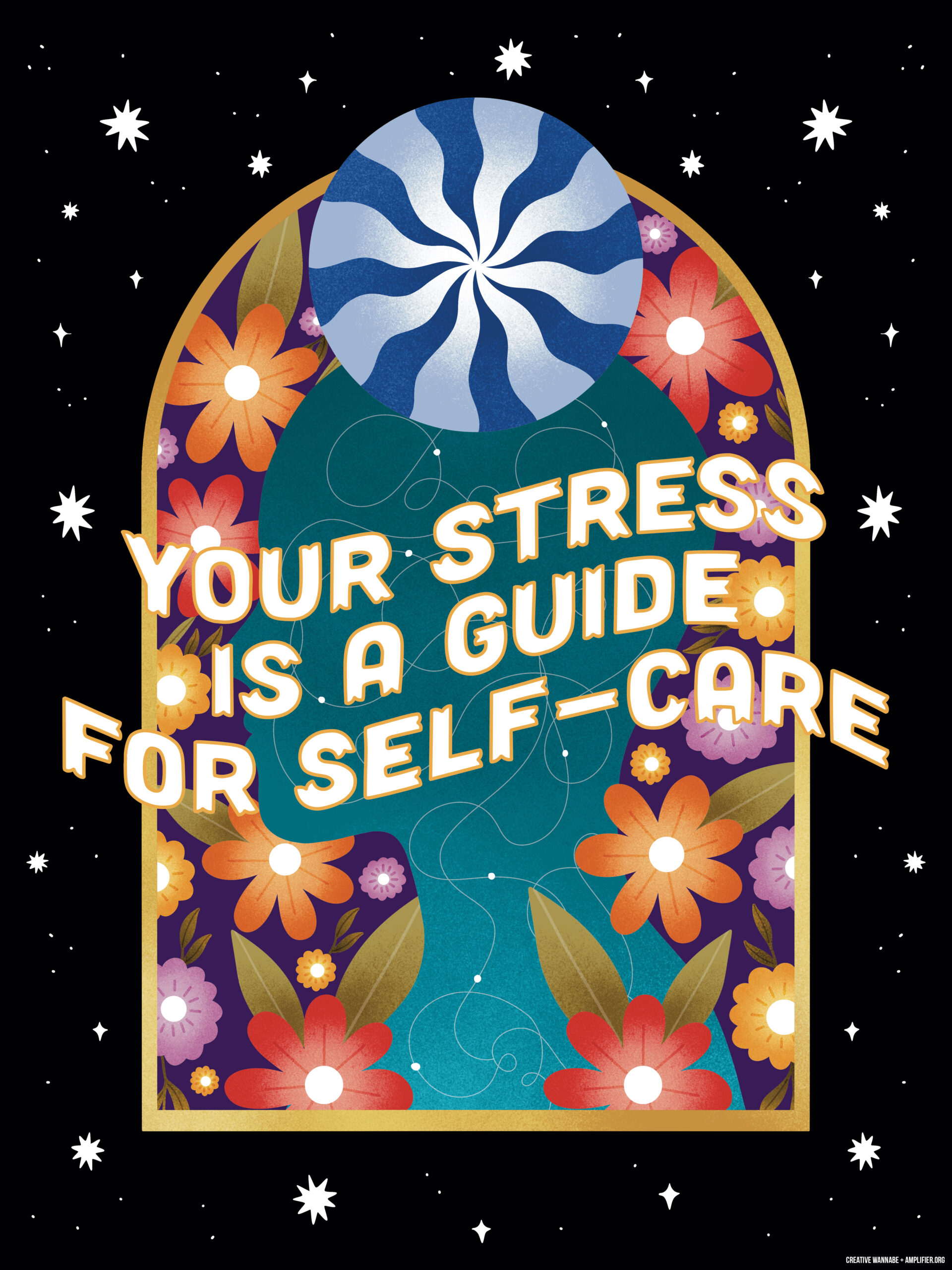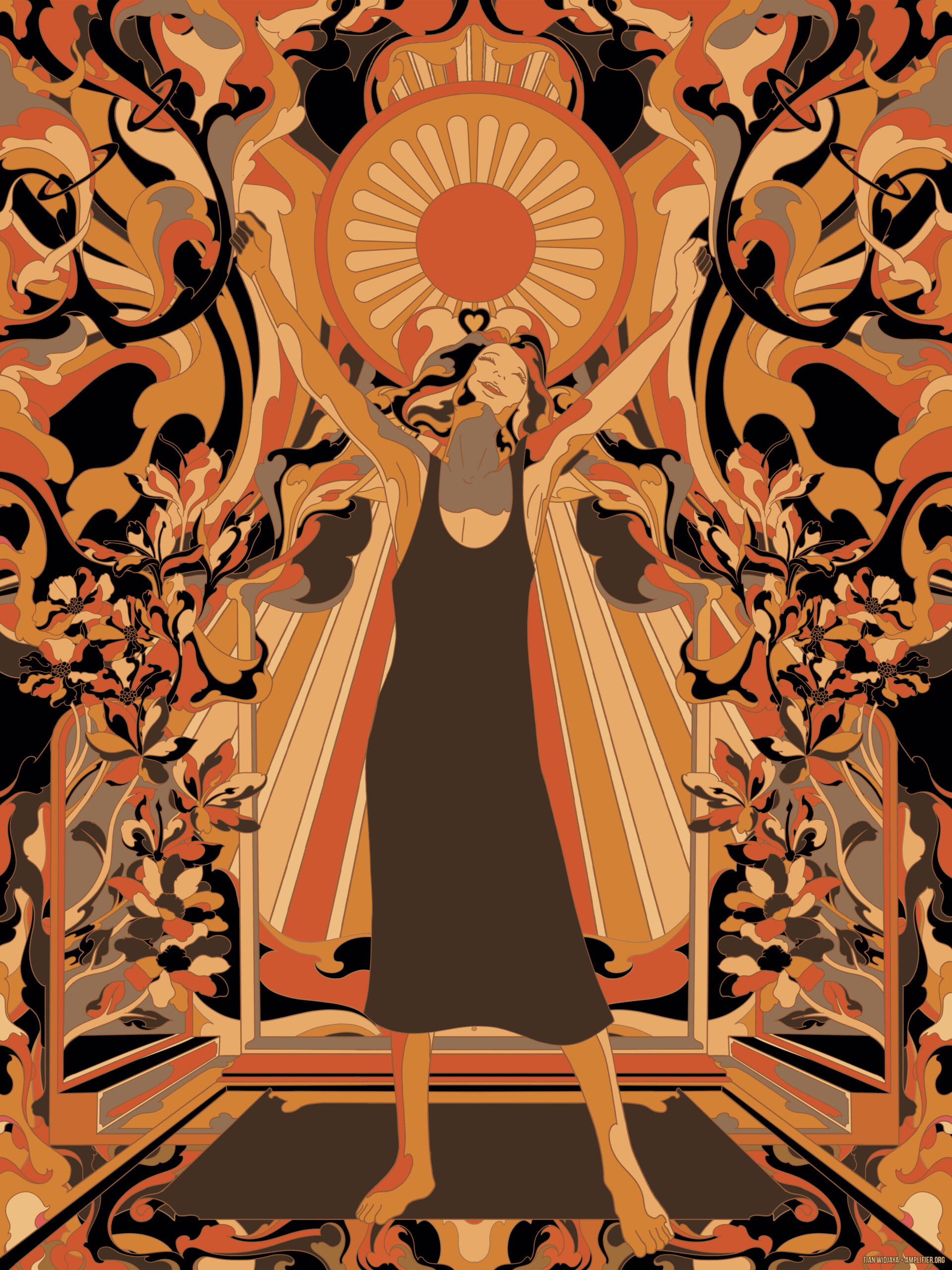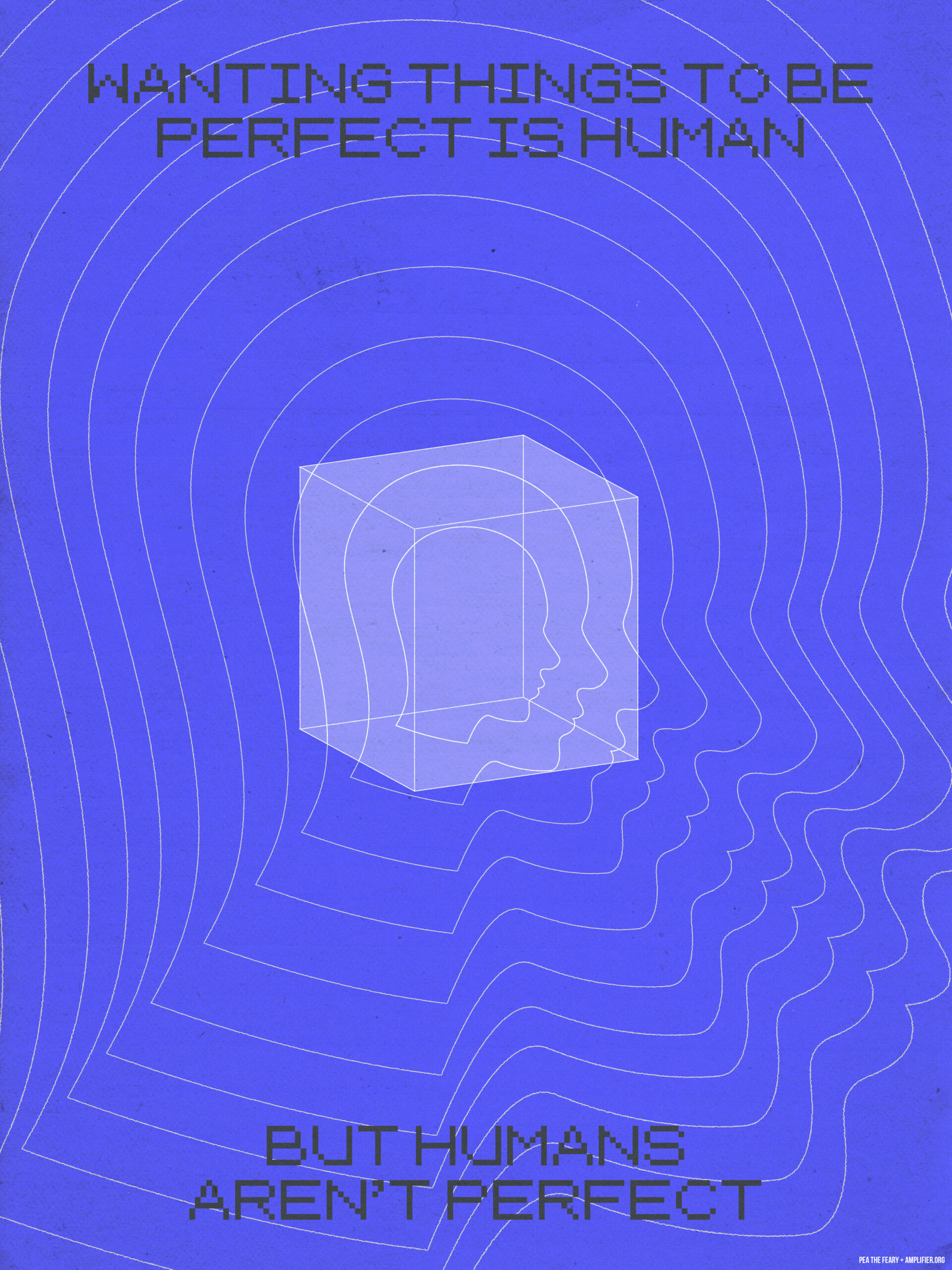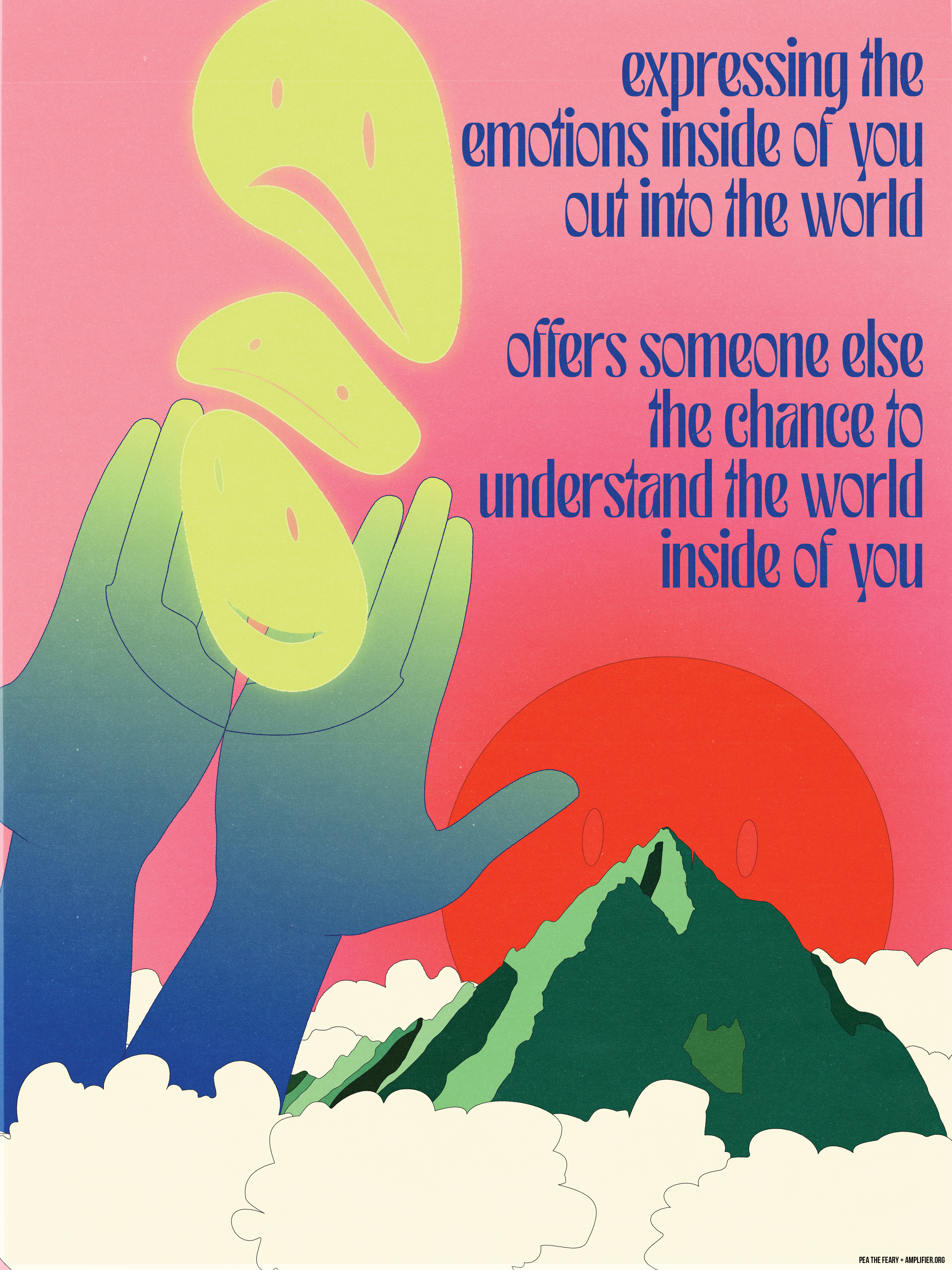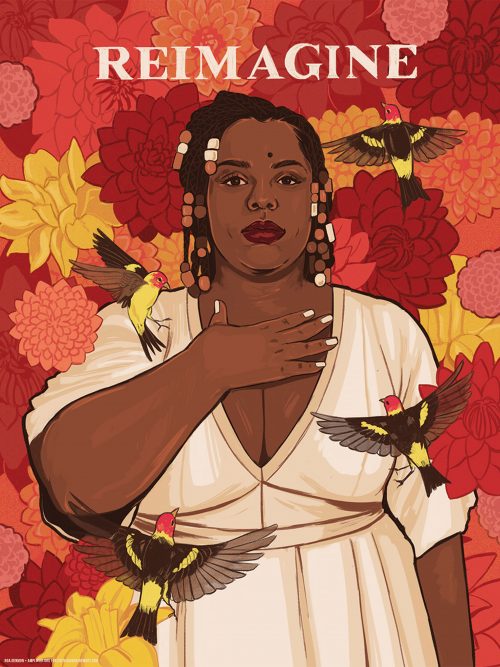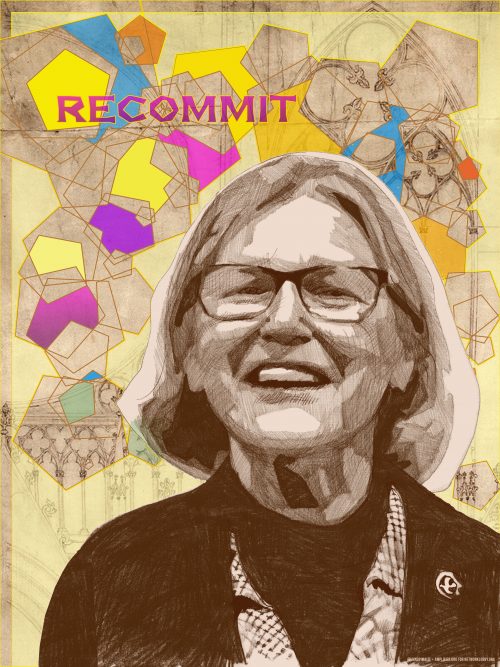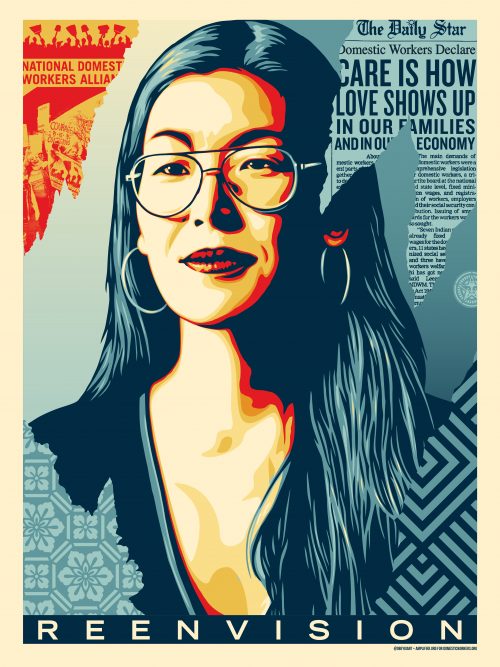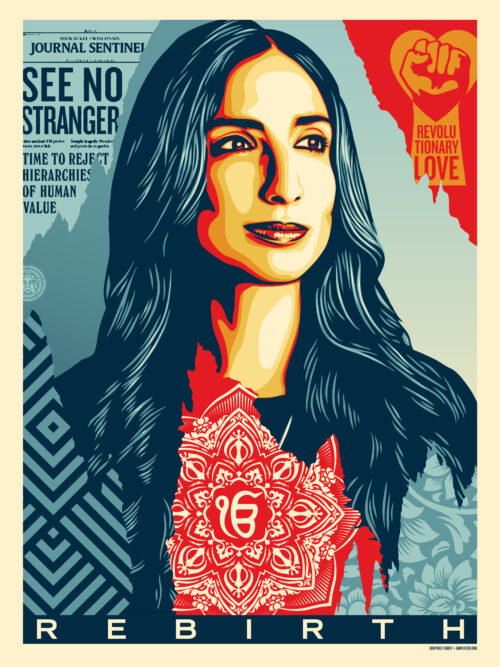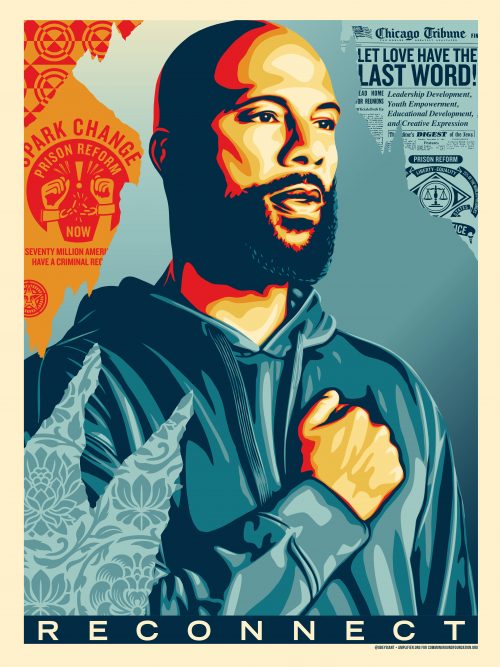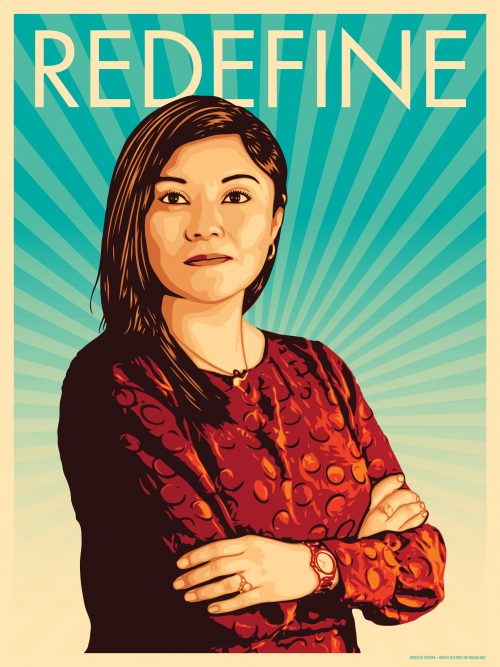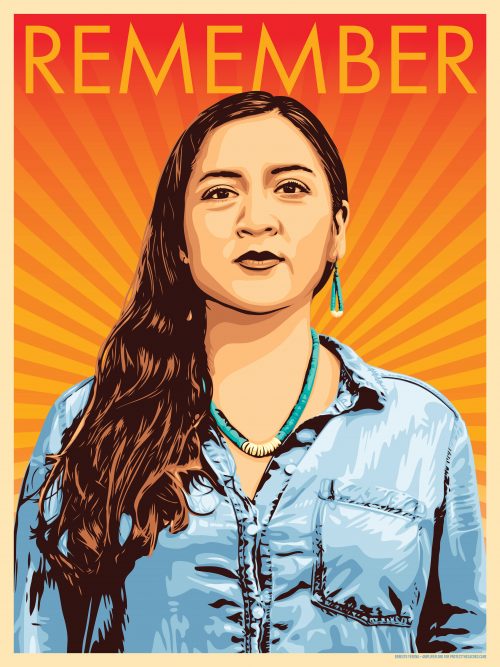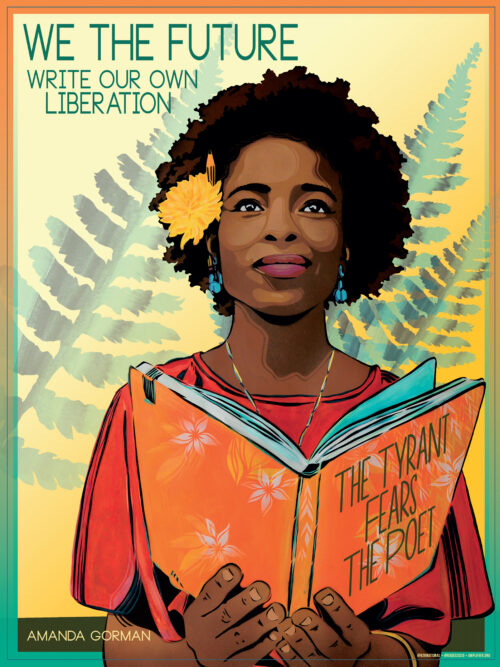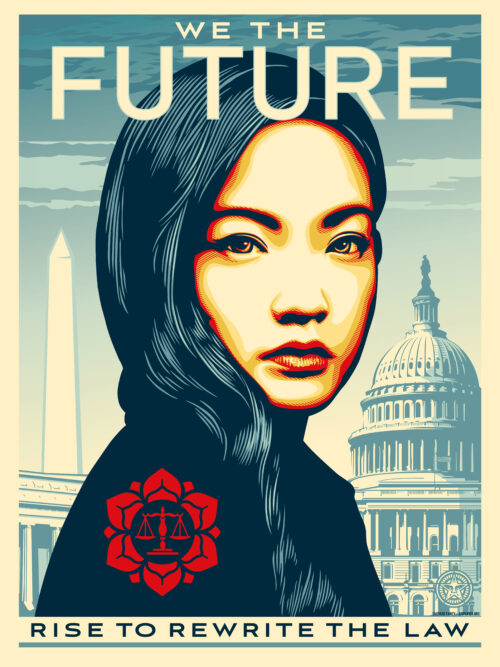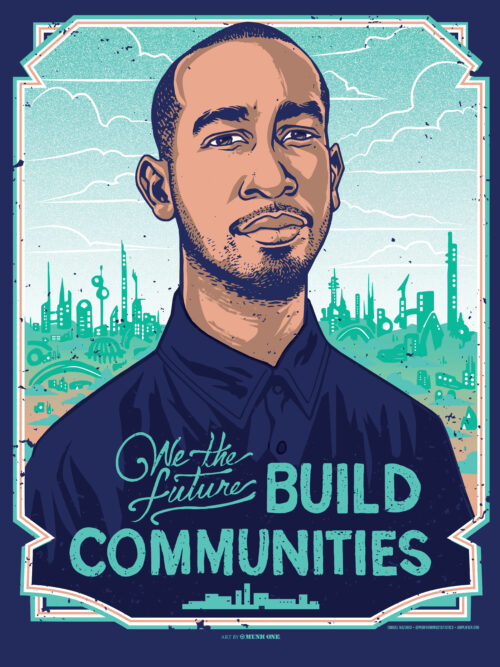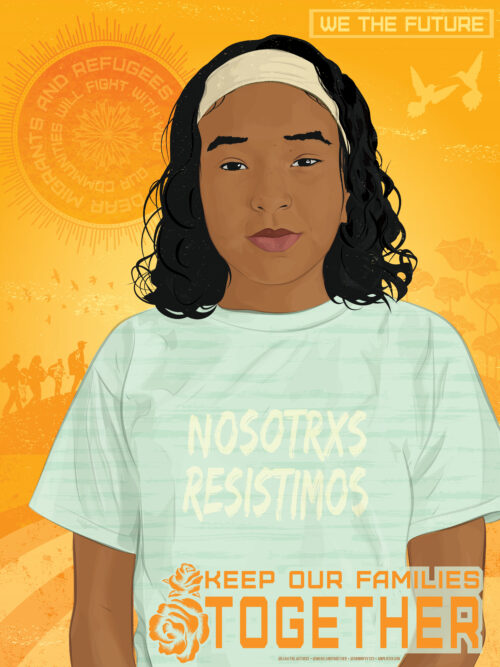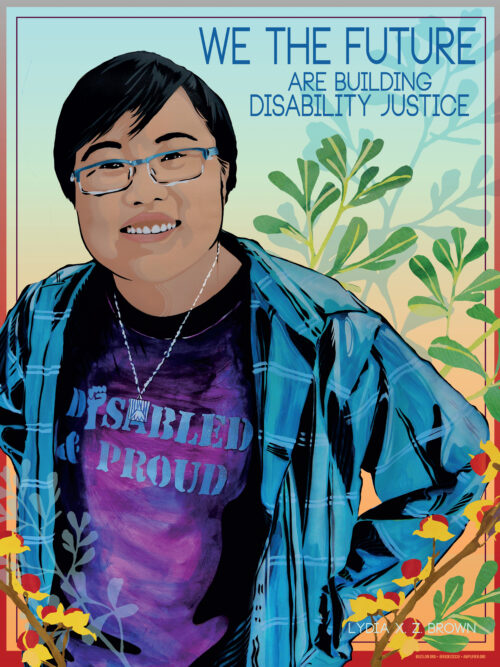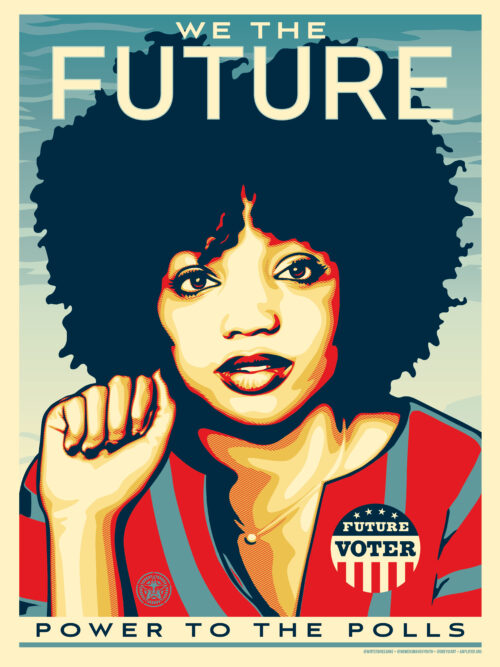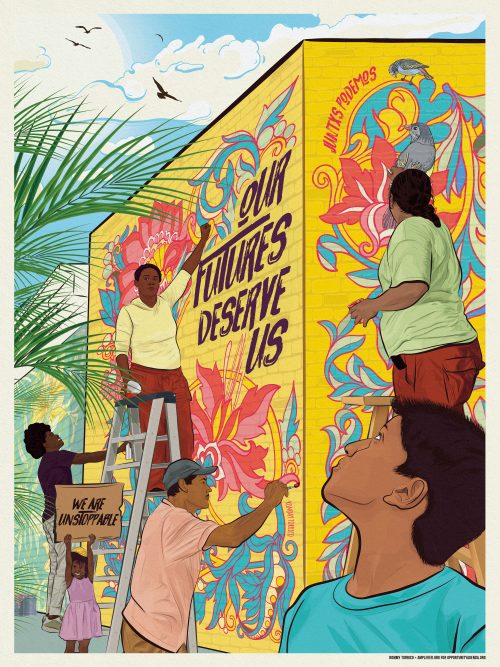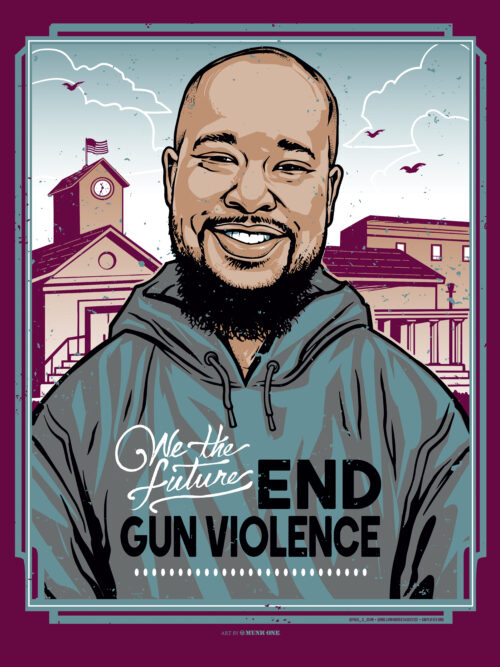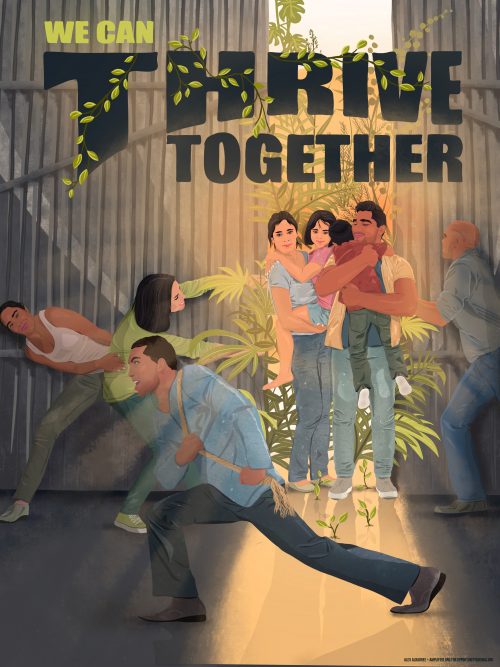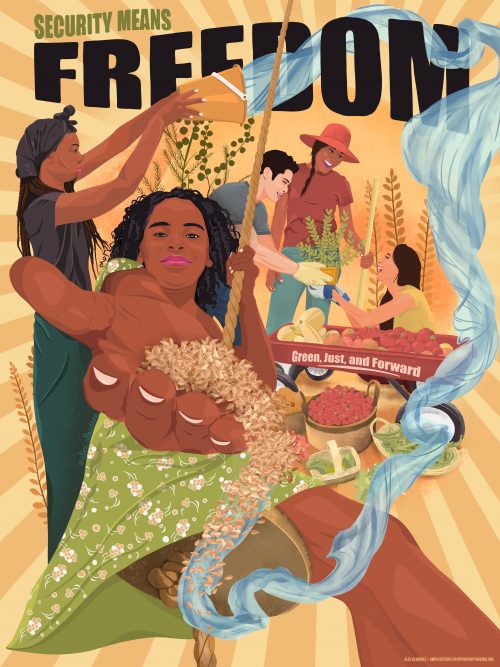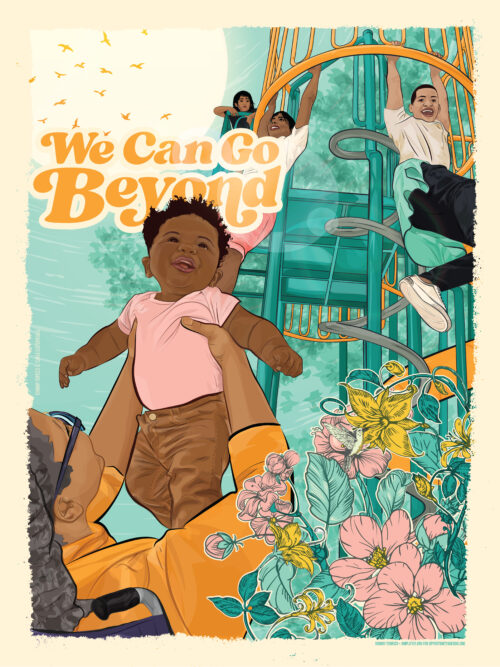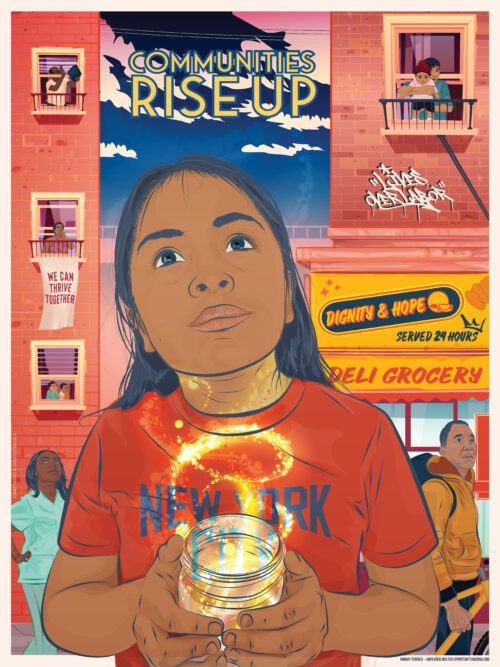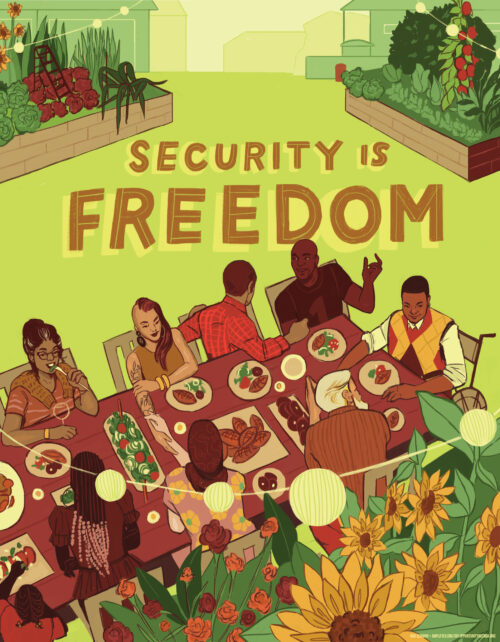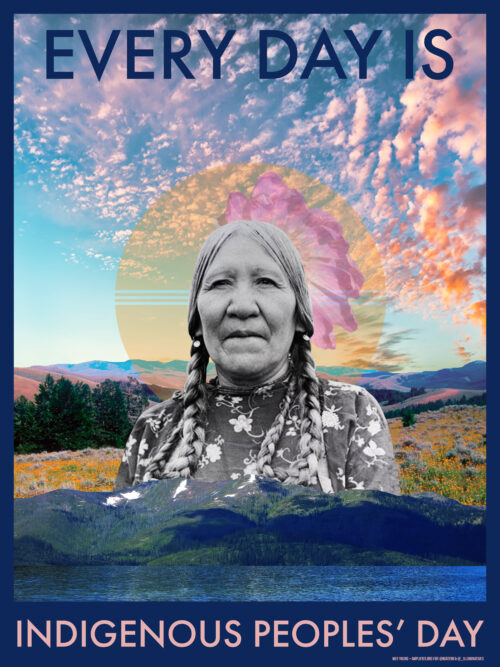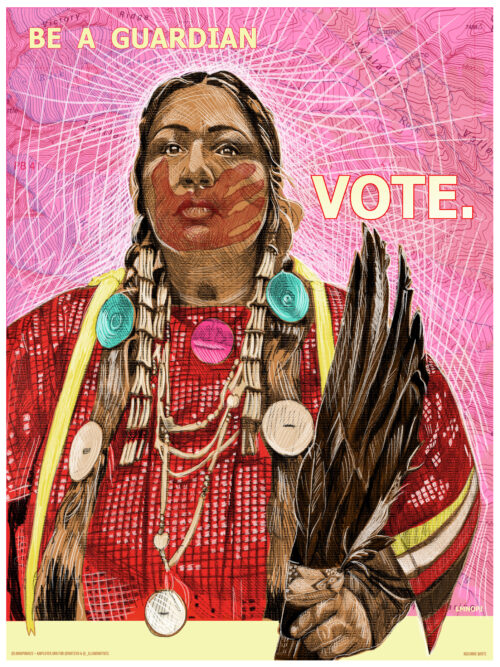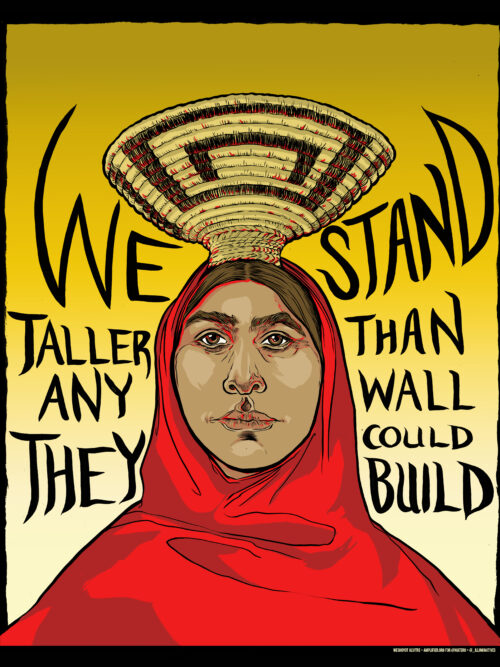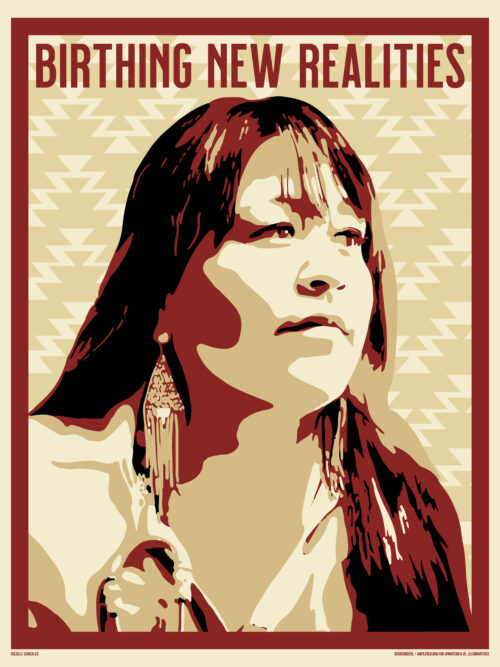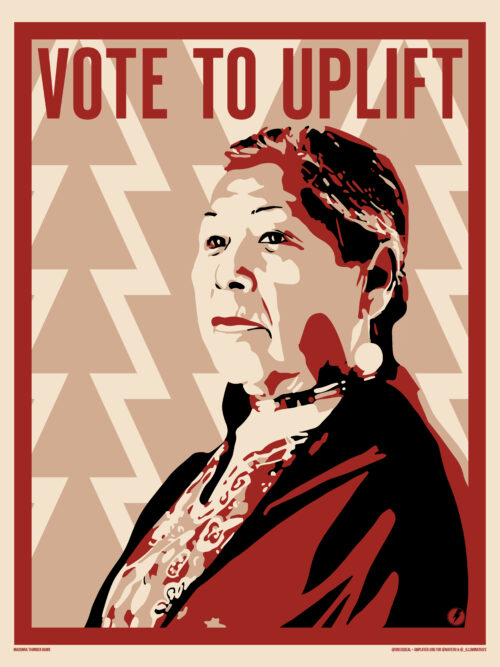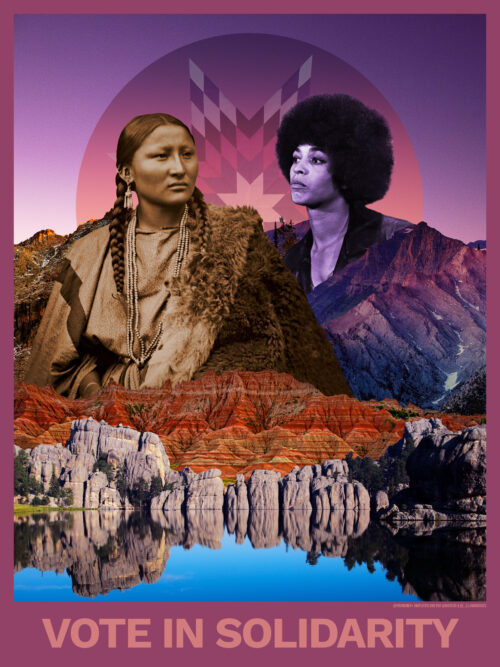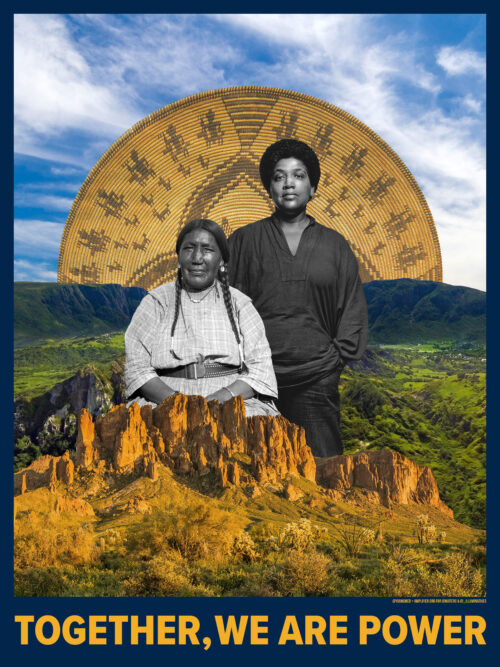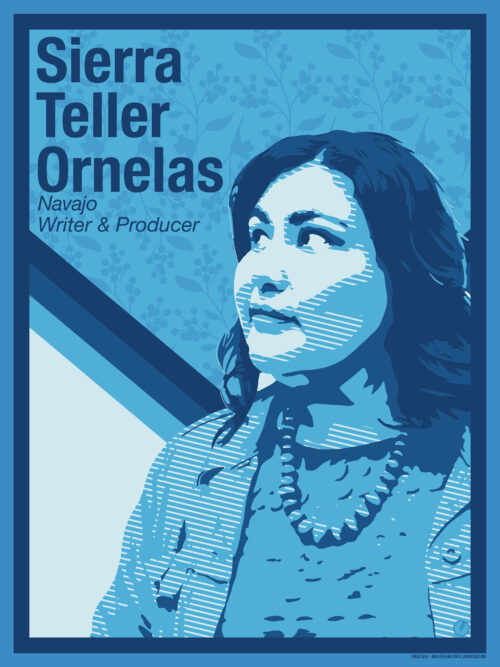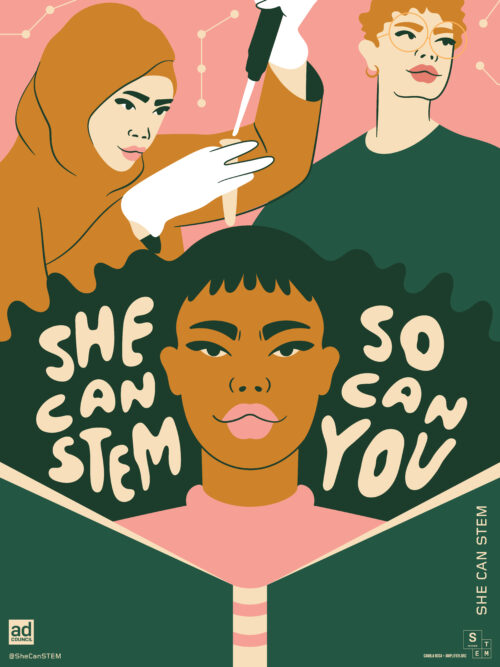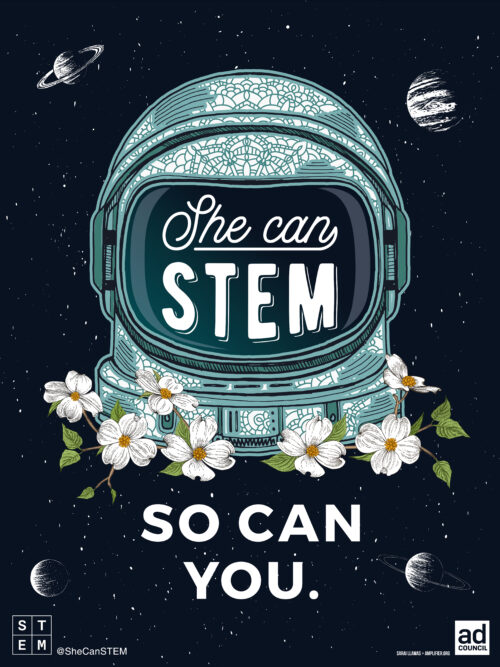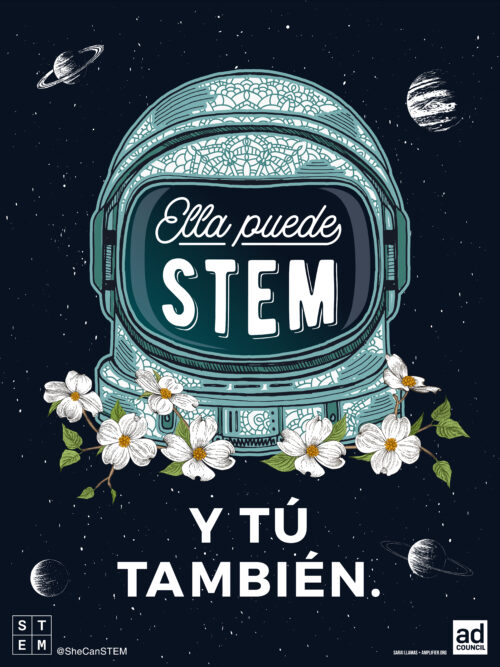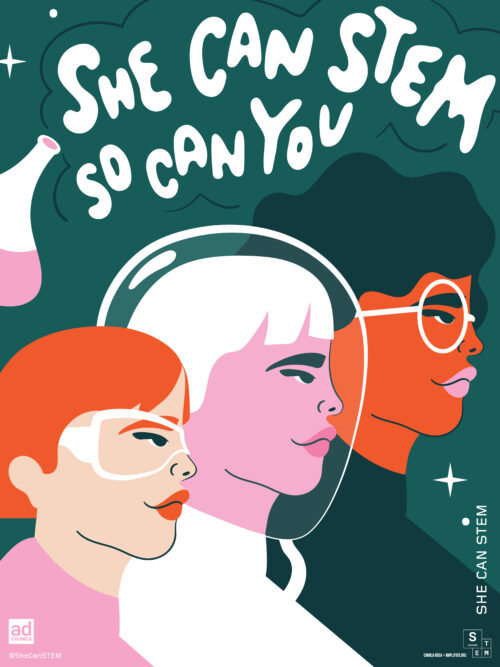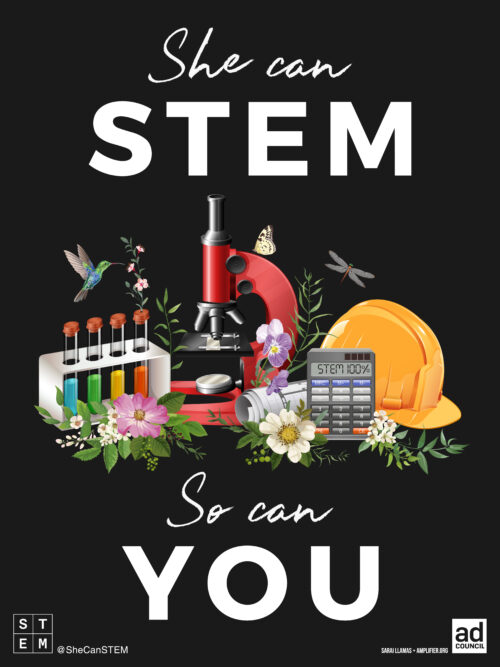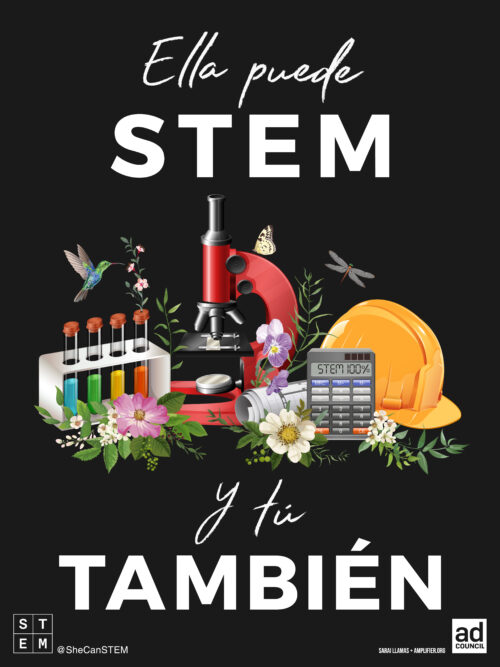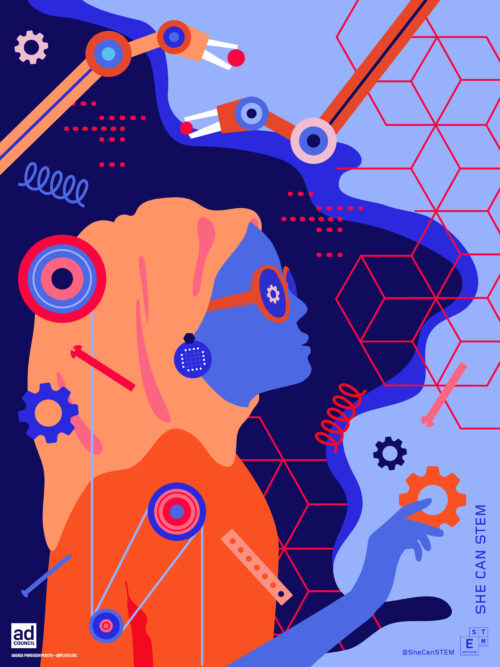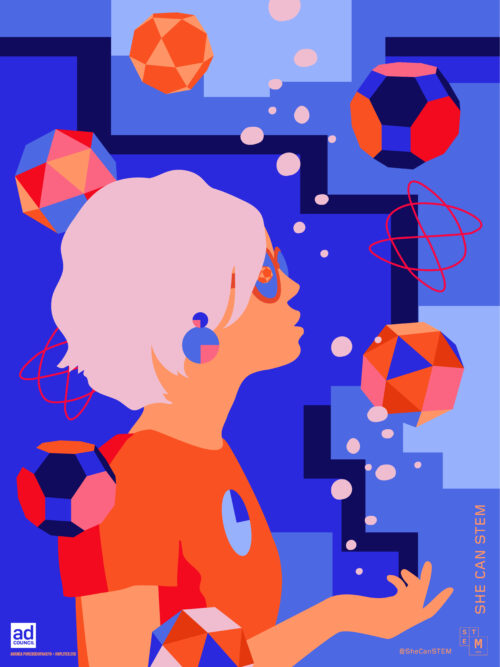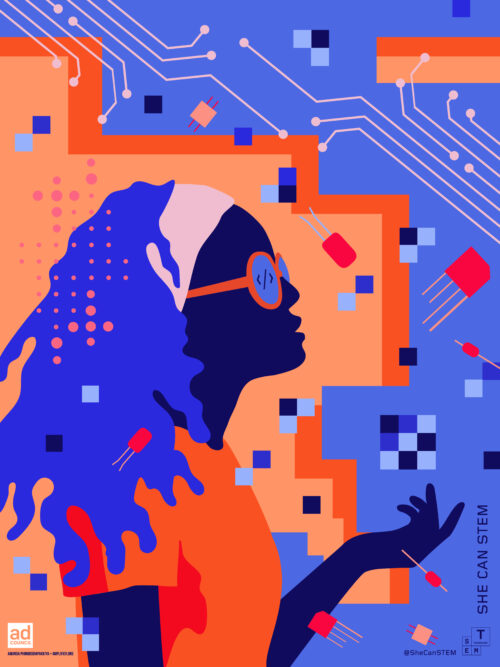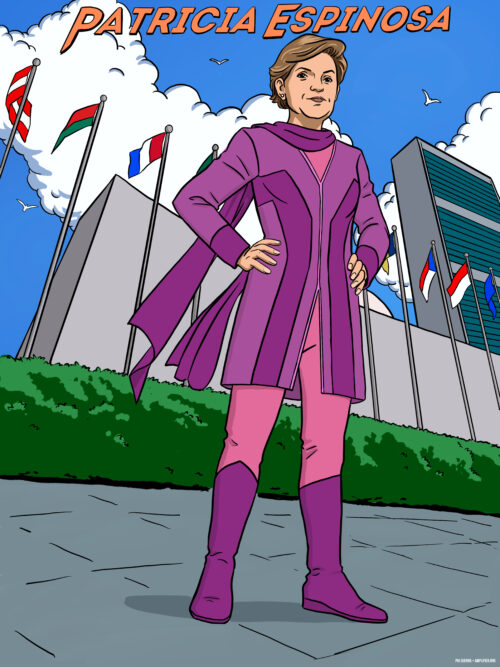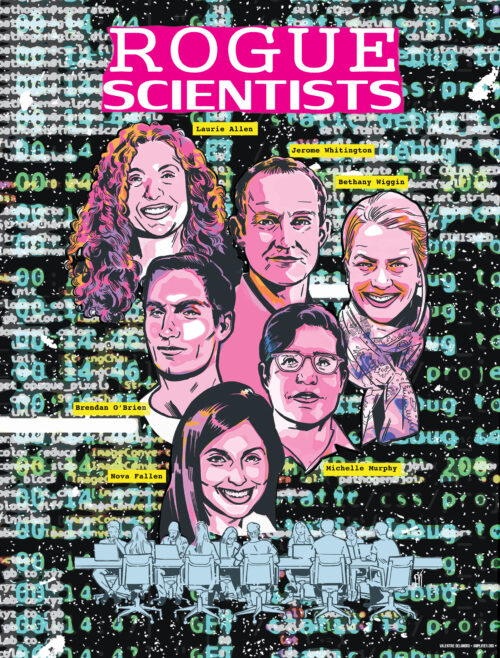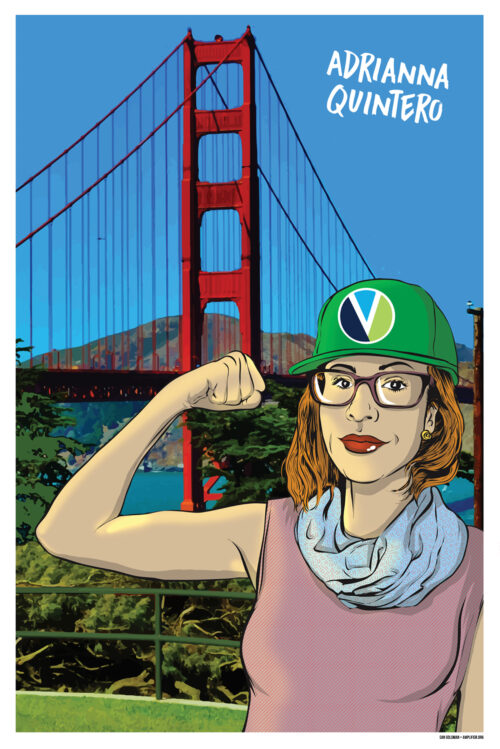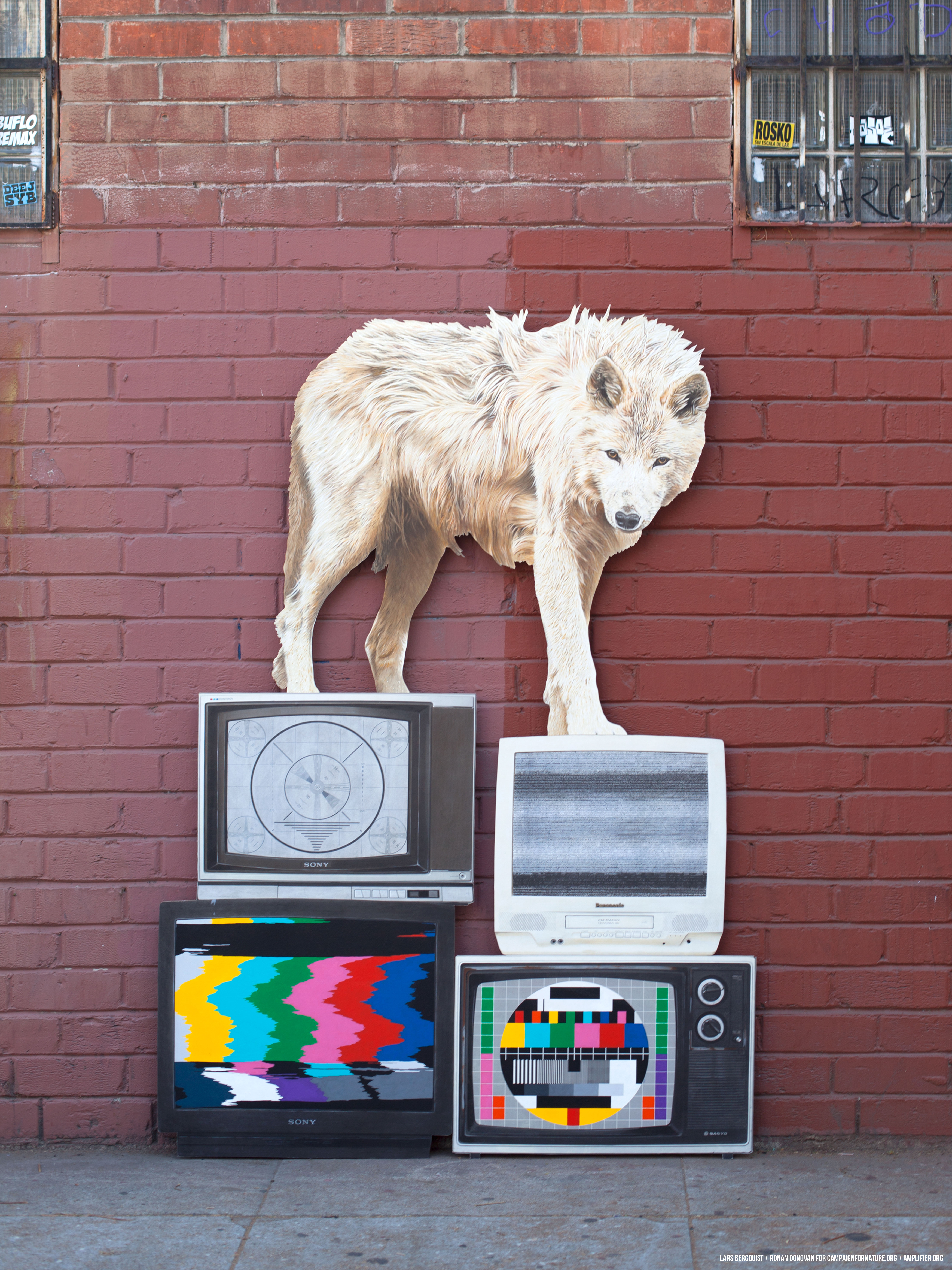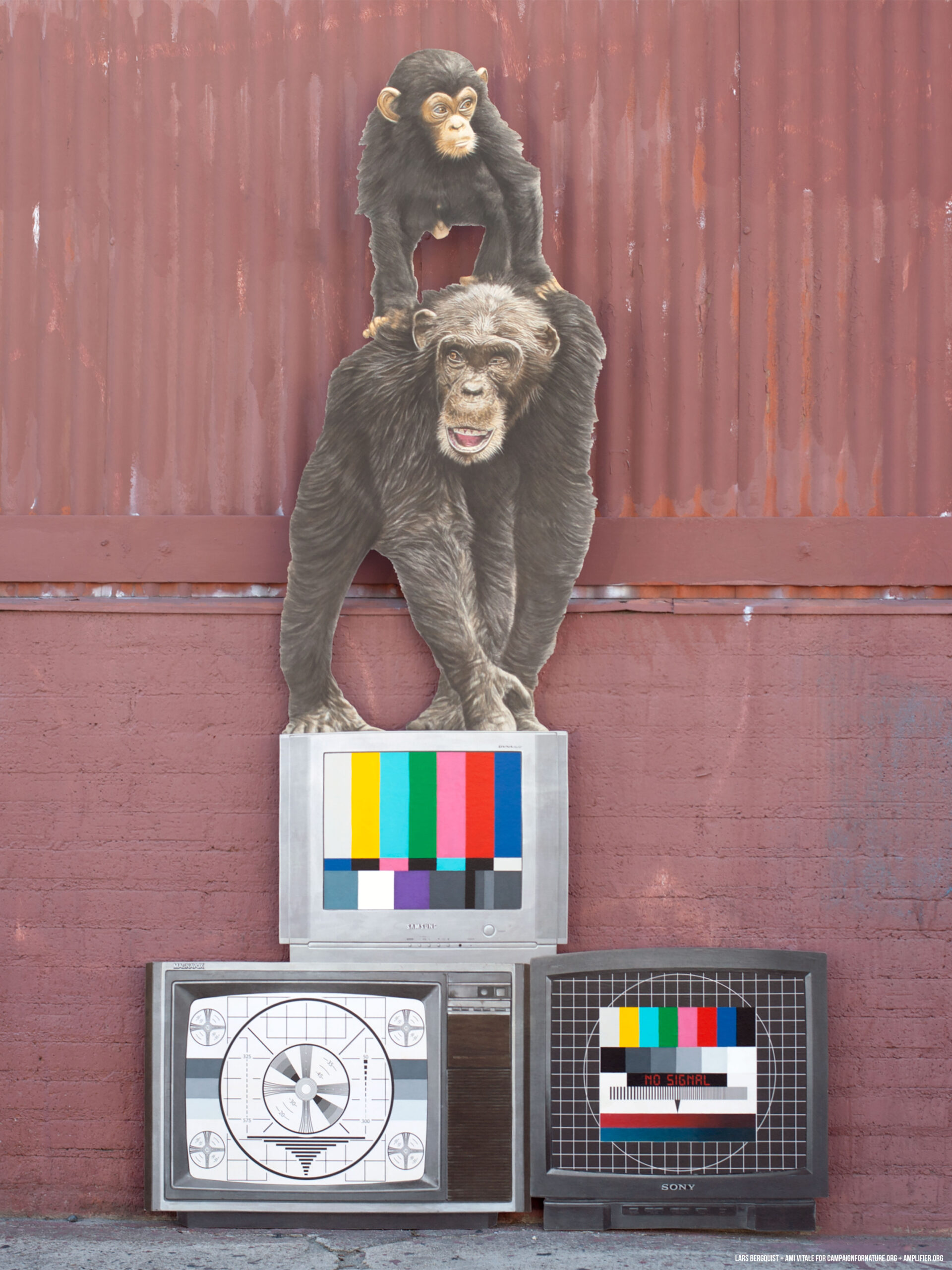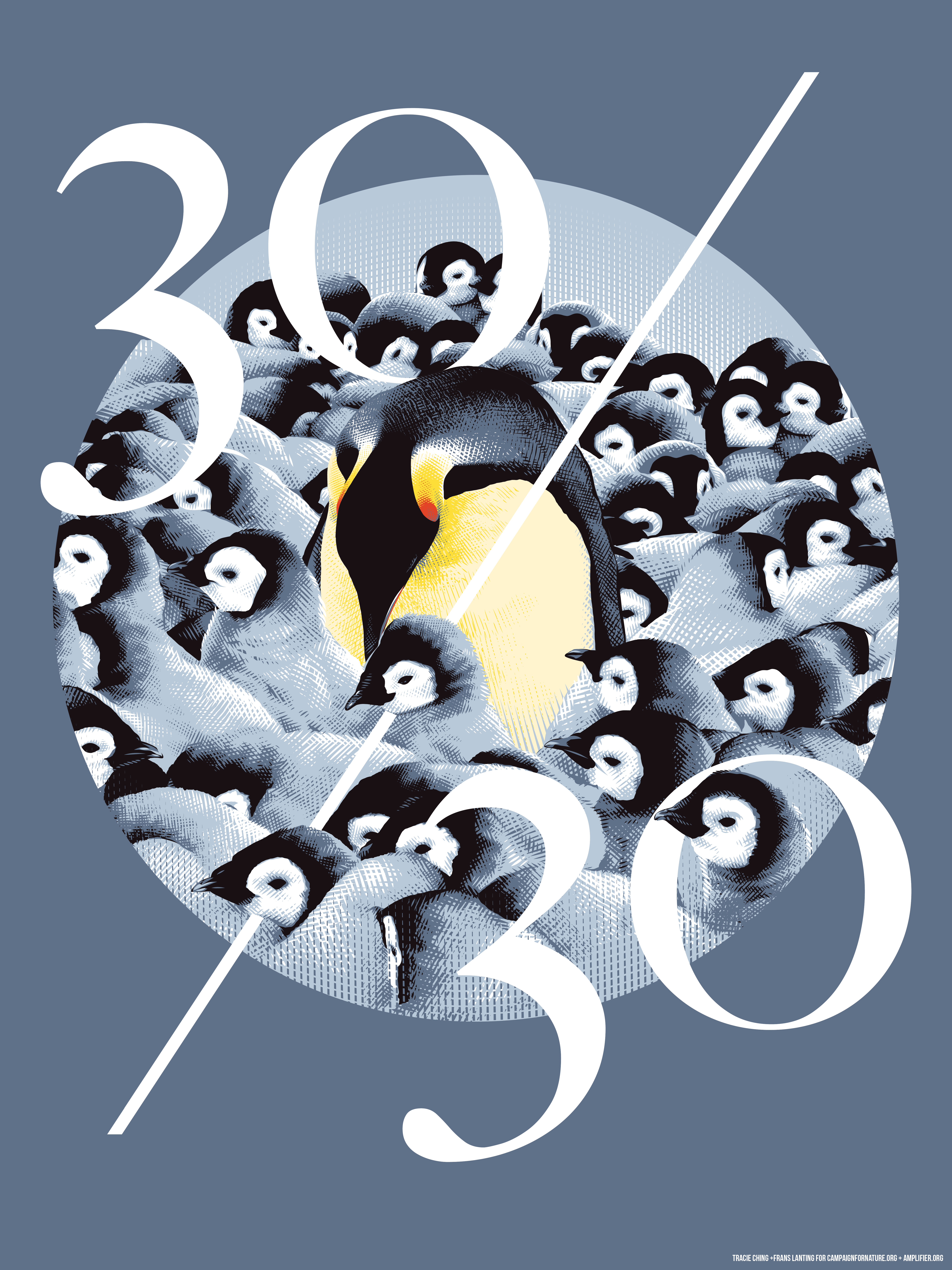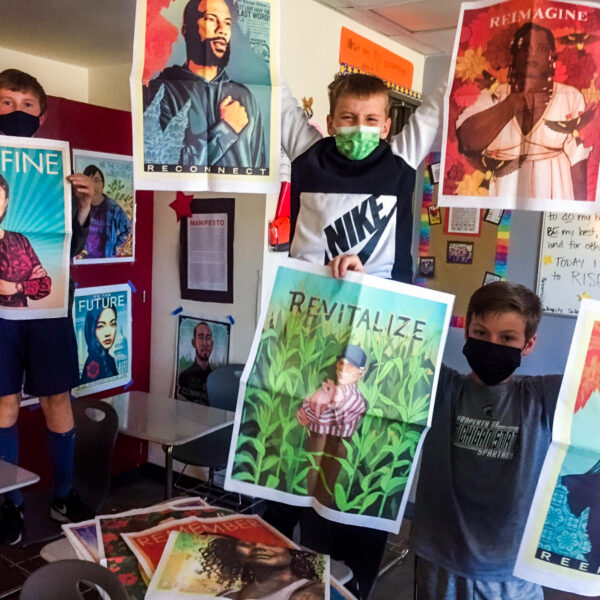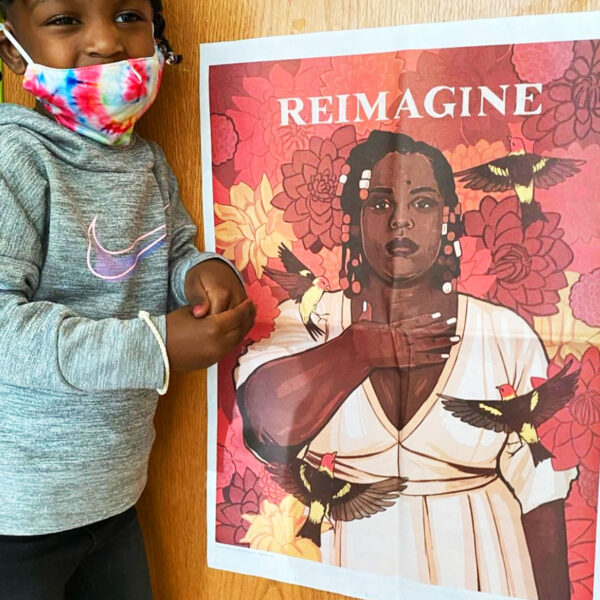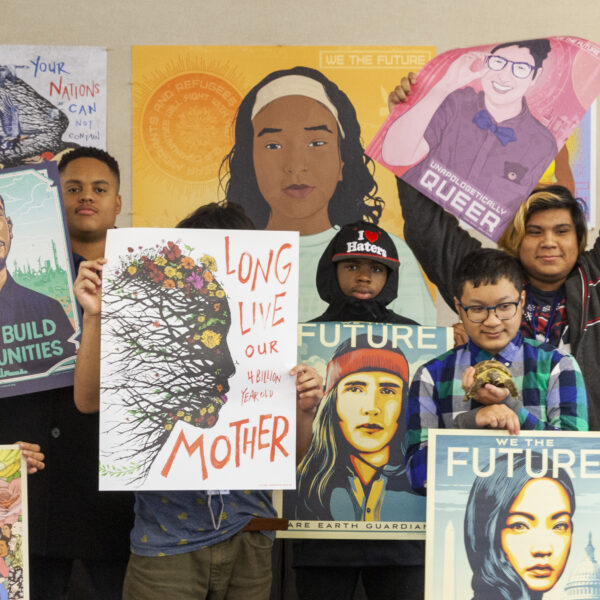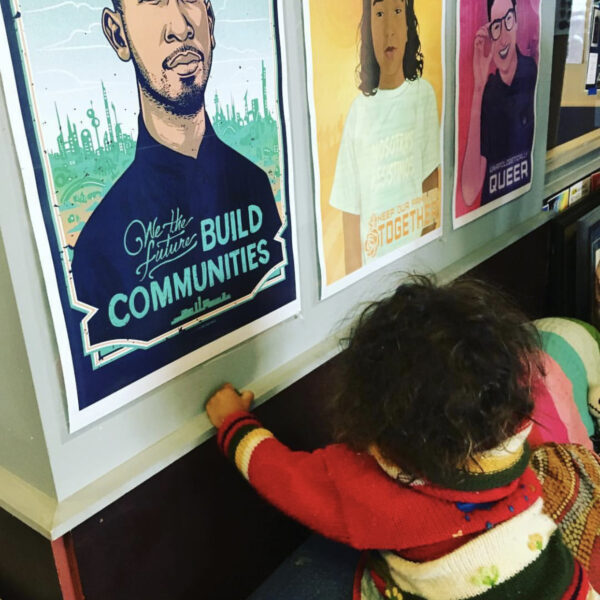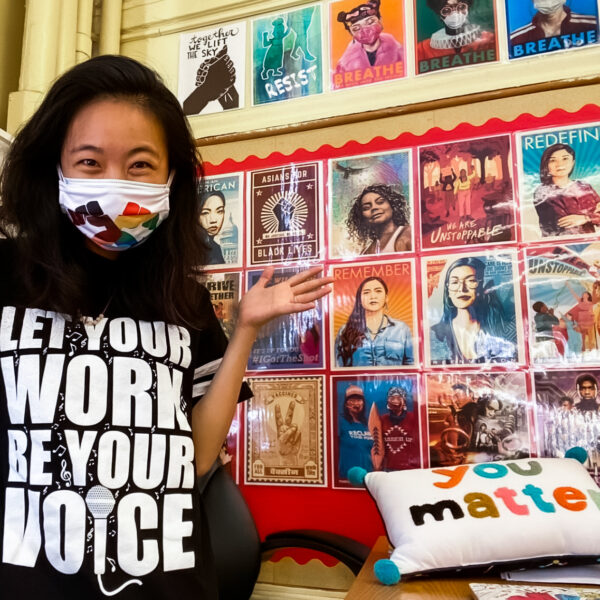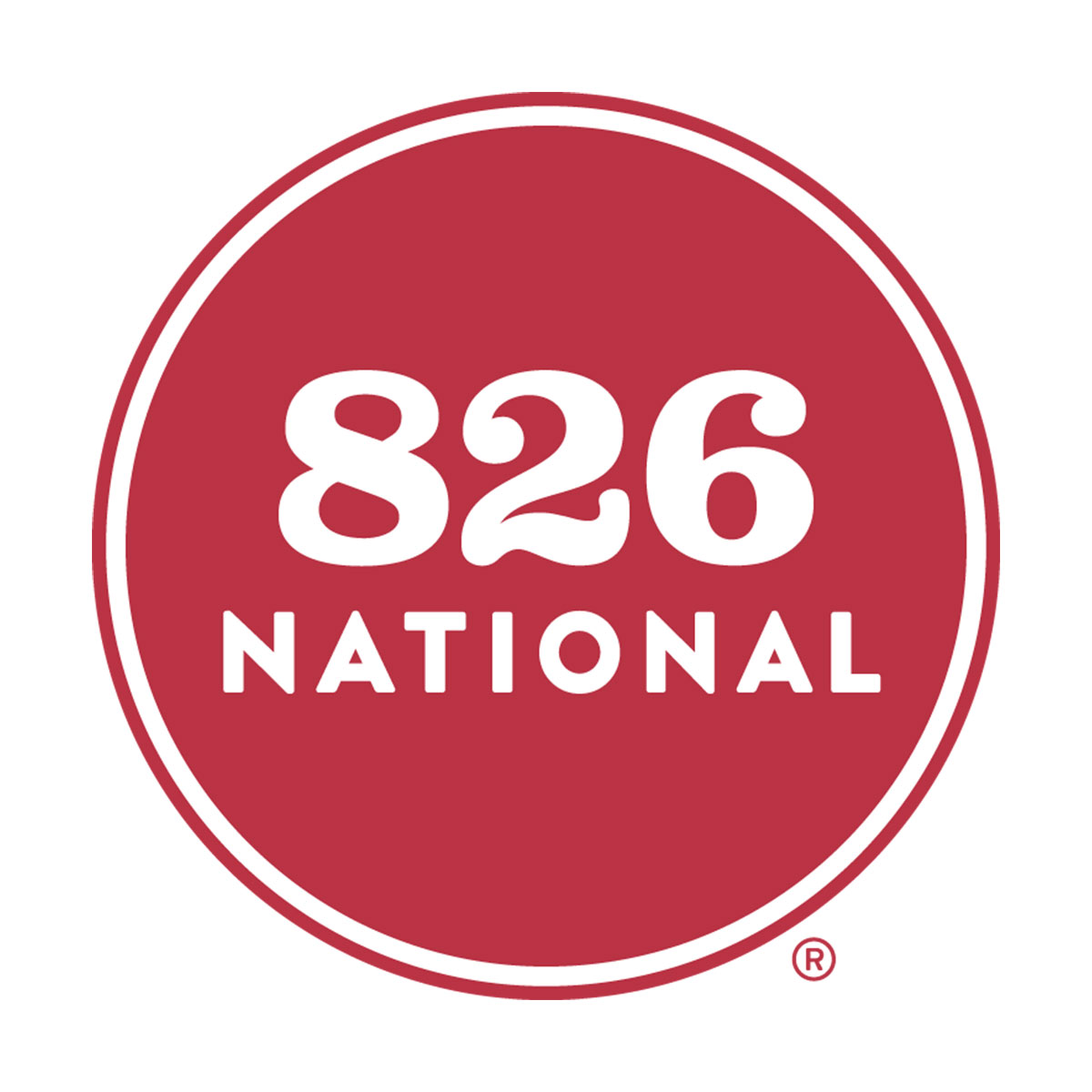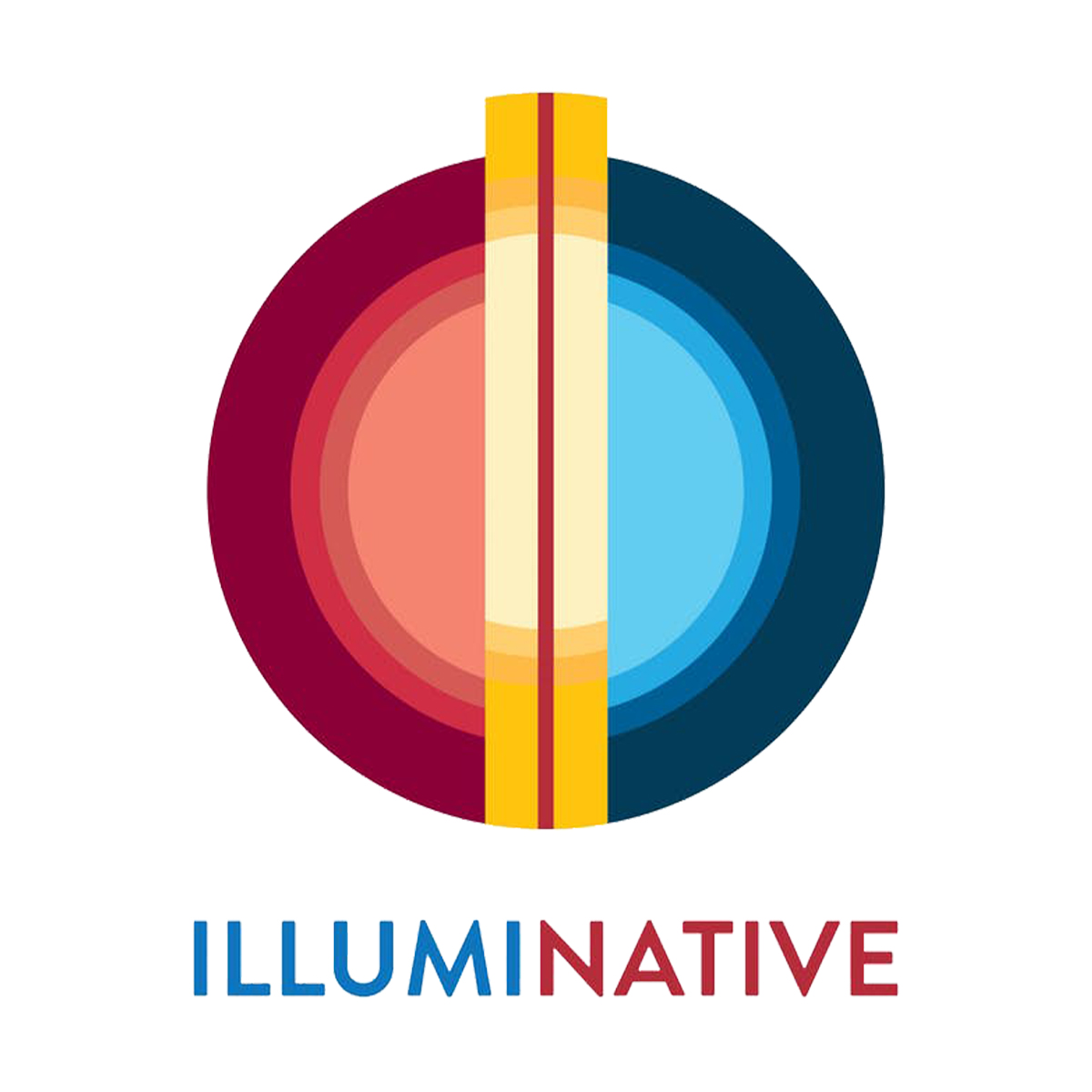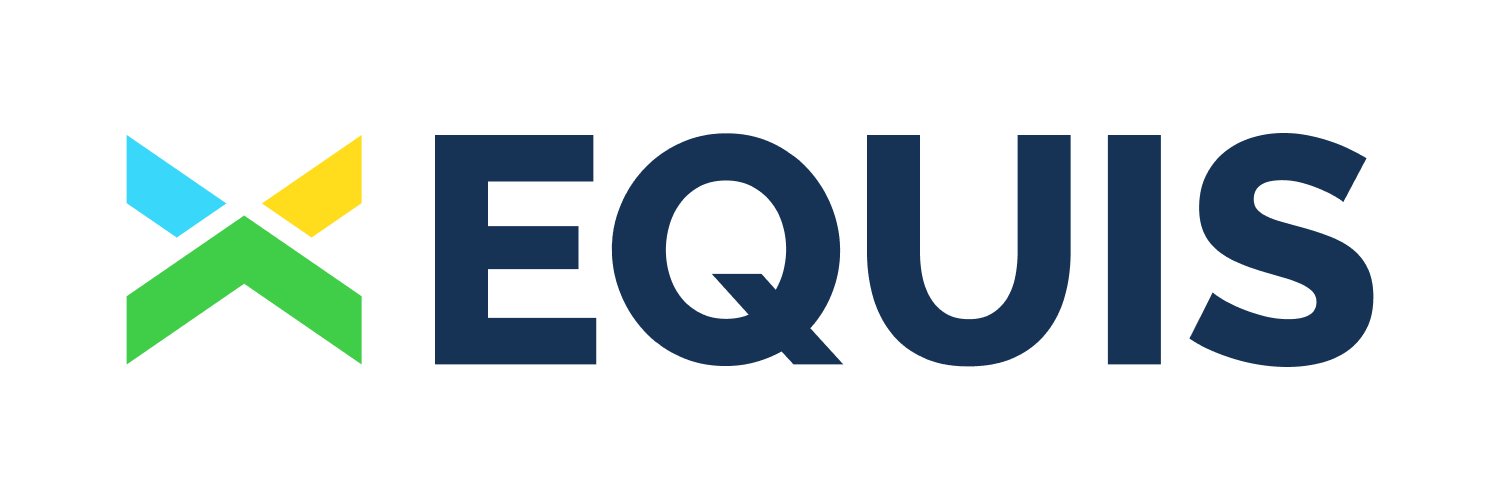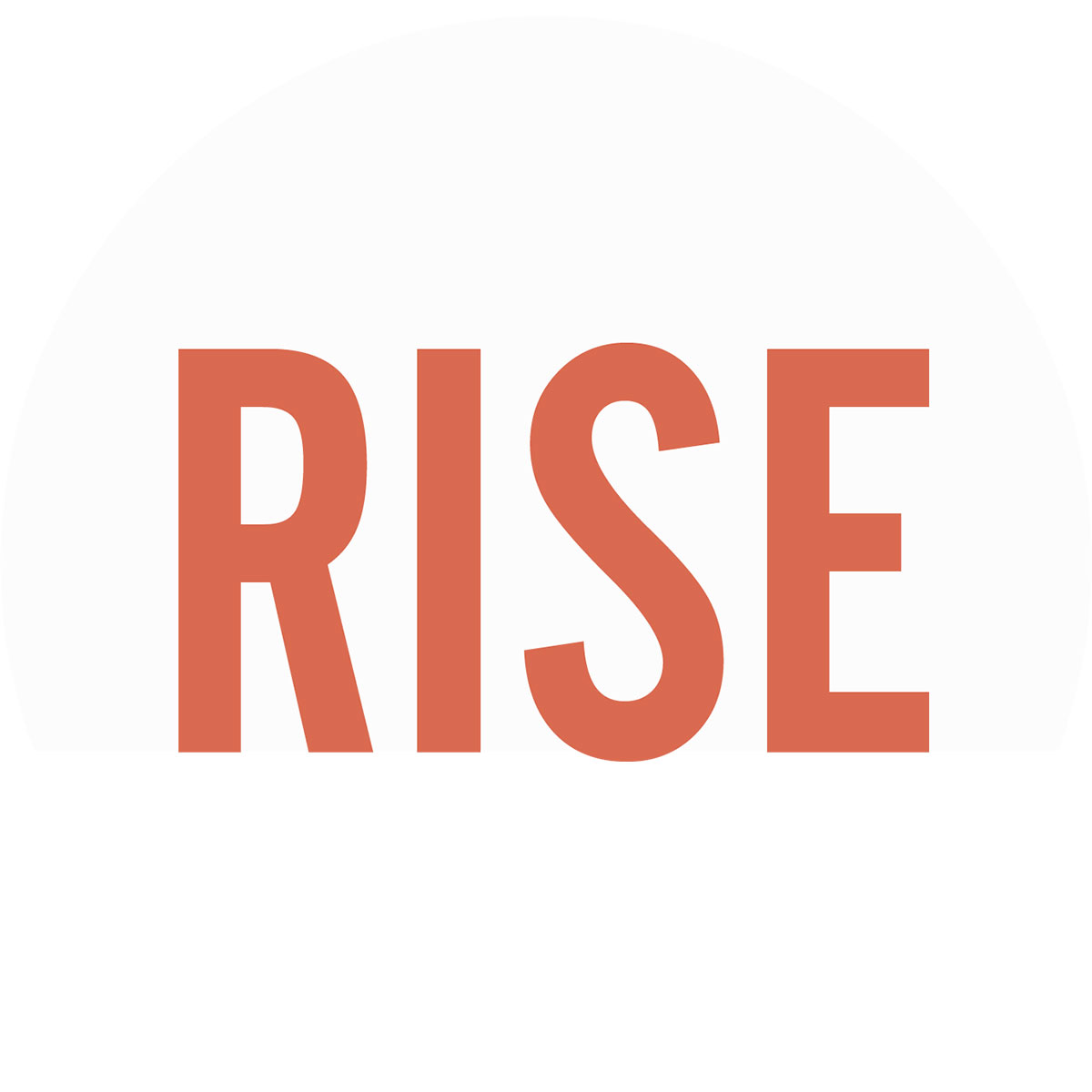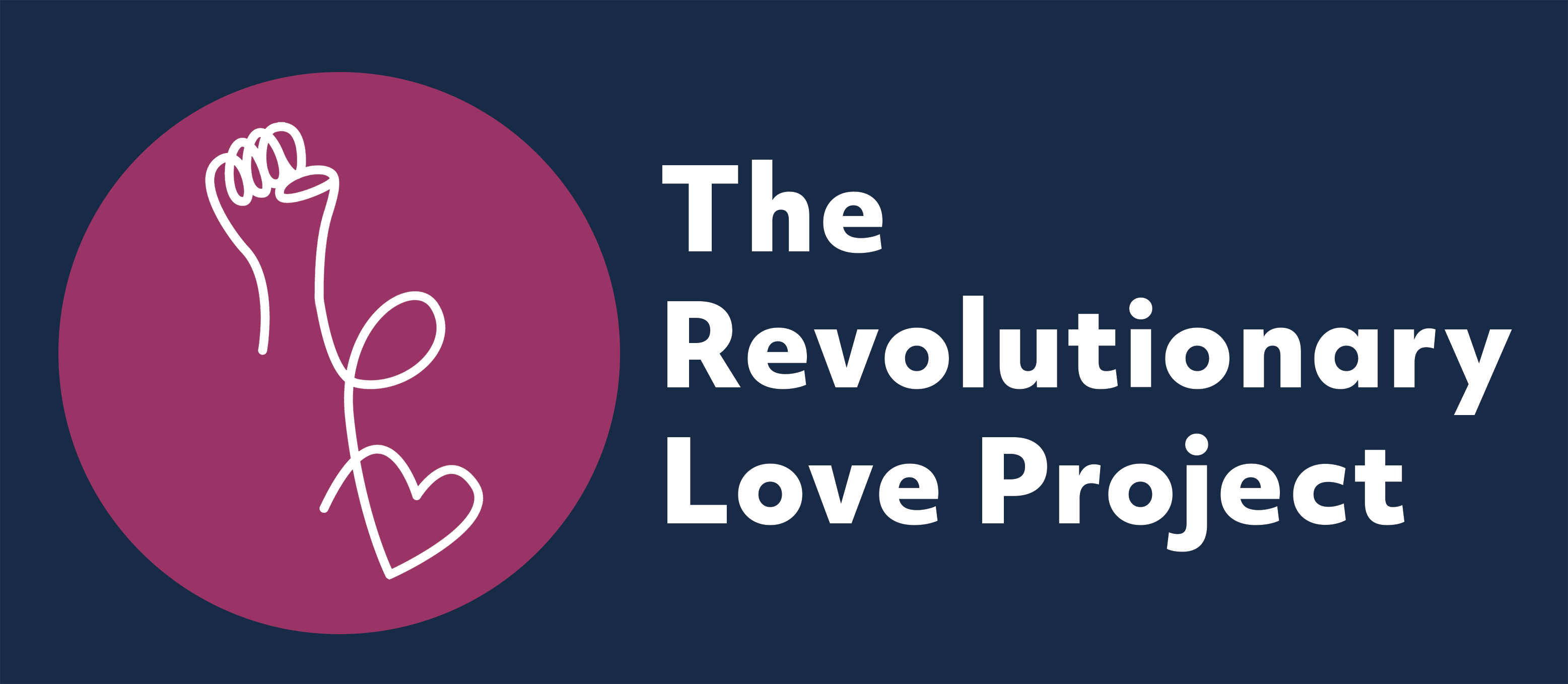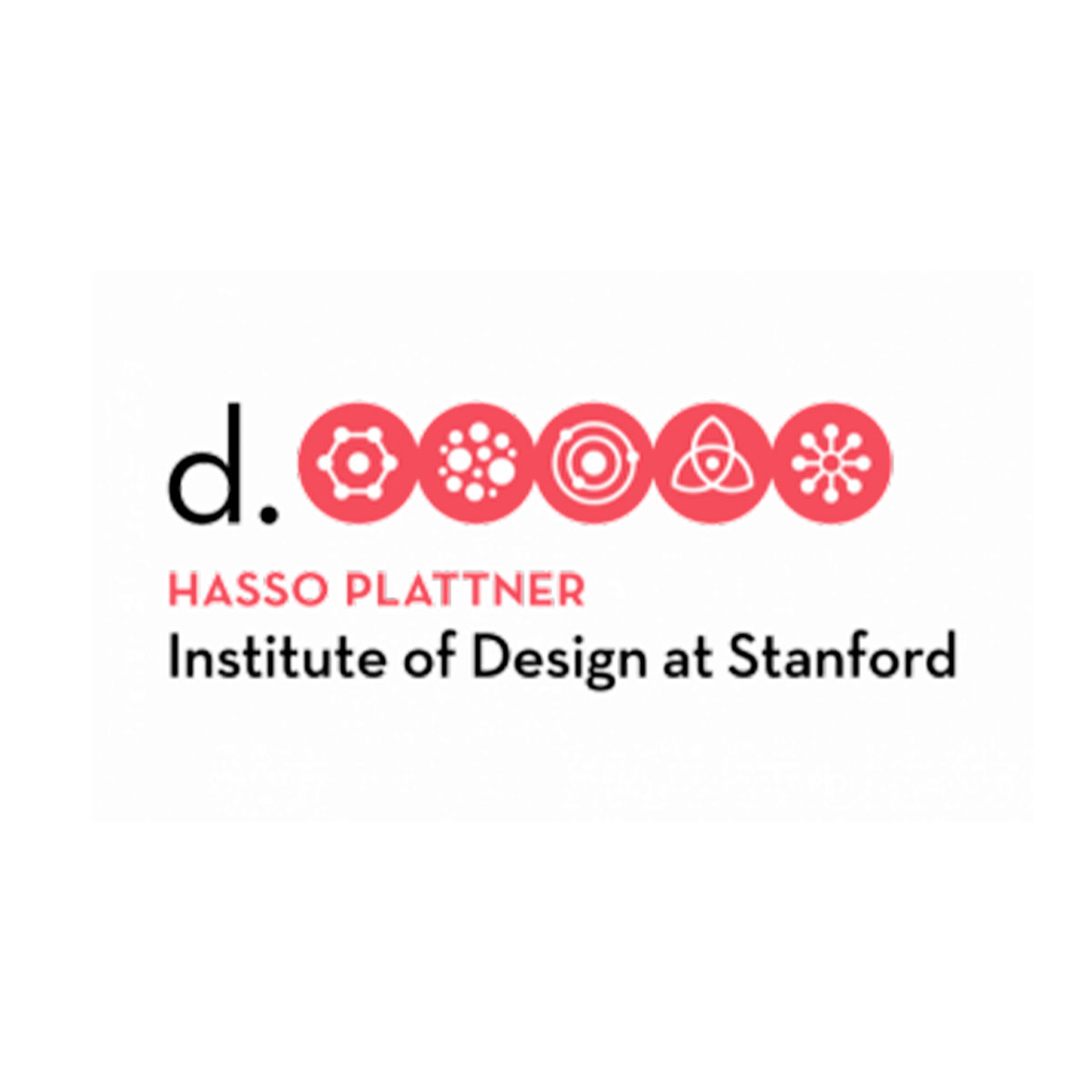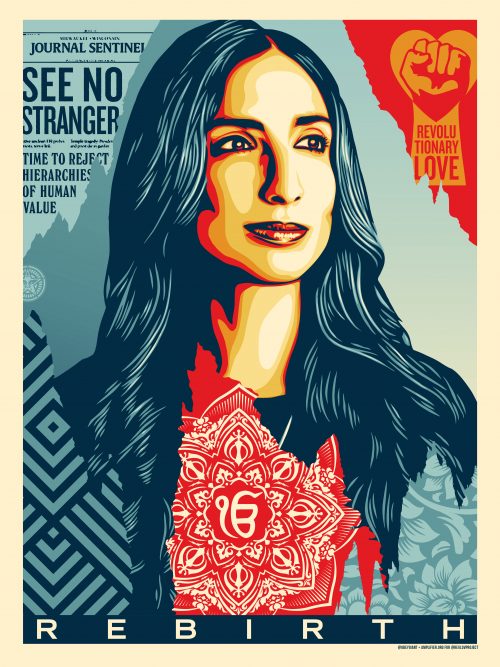Education Amplifier
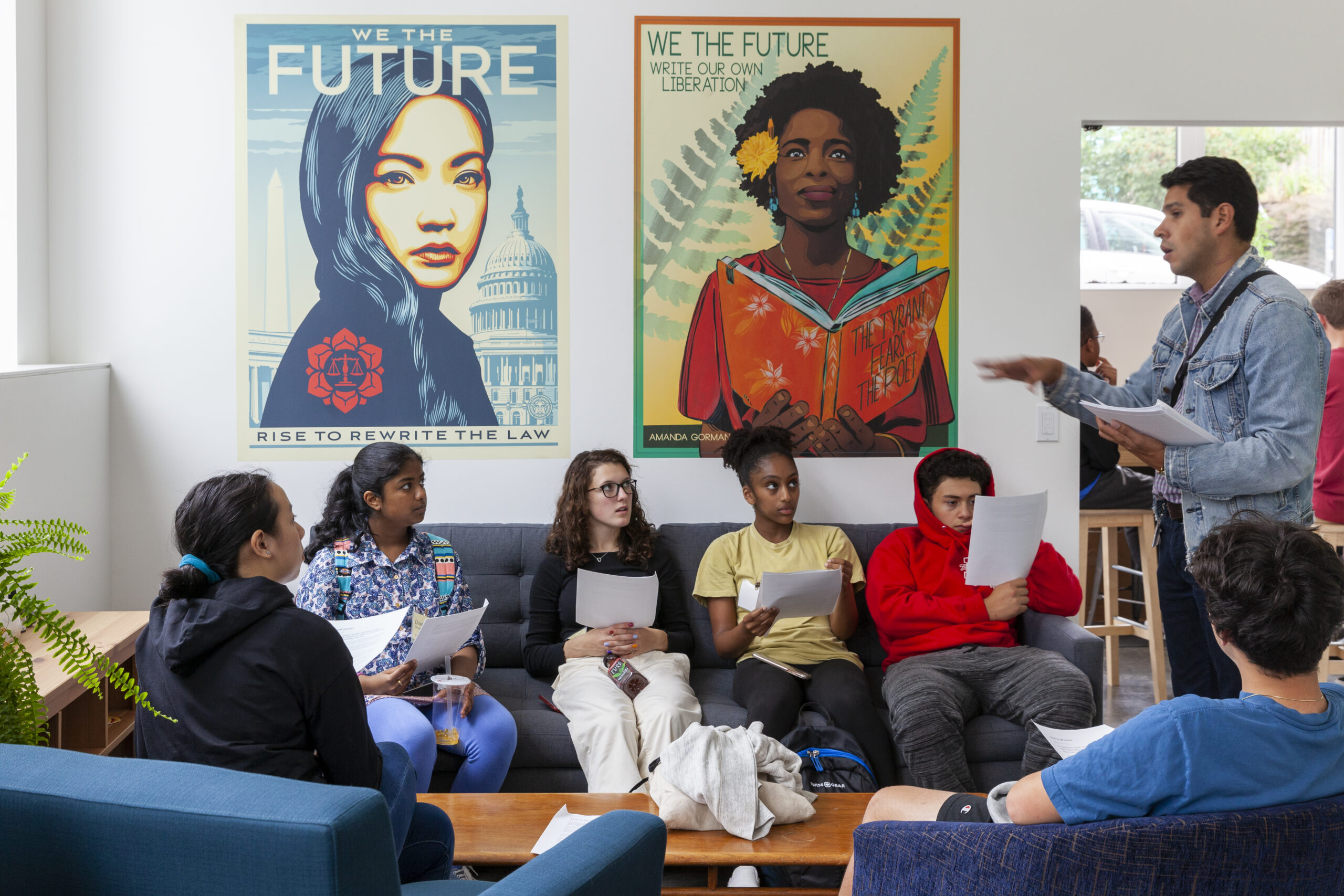
Welcome to Education Amplifier!
A community of tens of thousands of educators reaching over 1 million students nationwide— and we’re so glad you’re here.
At Amplifier, we believe that art and design are powerful tools for shaping culture, strengthening communities, and co-creating a world that is safe, inclusive, and just. Our campaigns spark critical thinking, build compassion, and provide pathways for direct action on some of today’s most pressing issues.
Education Amplifier is here to support you—completely free. When you sign up, you’ll gain access to:
✅ 1,000+ downloadable artworks—ready to print and use in your classroom
✅ A 44-piece (and growing) lesson plan bank—designed to spark inquiry, creativity, and civic engagement
✅ Interdisciplinary teaching tools—connecting art, activism, history, and social impact
Through our content, students can learn how to create movement art, analyze misinformation through a game of telephone, use campus architecture as a metaphor for climate organizing, and explore topics like Indigenous futurisms, labor history, and economic justice— all through engaging, project-based activities.
For those looking for even more, our monthly membership program offers:
▪️ Free artwork mailed to you throughout the year
▪️ Exclusive access to guest talks with artists, activists, and educators
▪️ Special professional development opportunities
Join a community of like-minded educators—dedicated to keeping classrooms places of inquiry, representation, and critical thinkingWe want young people to know the world can be different—and that they have the power to change it. Join us today. Sign up for free access or explore our membership options below. Happy learning!
Manifesto
We believe that education should be a place of inquiry, not fear—of creativity, not control—of empowerment, not erasure. Across the country, schools are being stripped of their ability to teach history honestly, reflect the diversity of their students, and foster the kind of critical thinking that builds a just and democratic society. ICE raids are happening inside classrooms, creating fear and instability that disrupt learning. Teachers are facing burnout at unprecedented levels, stretched thin by a system that demands more while offering less. Well-being is no longer an afterthought—it is essential for both educators and students. Since 2017, Amplifier has worked in the gray spaces of education, ensuring that when official pathways are blocked, teachers still have the art and tools they need to teach what they know is right. When policies silence certain narratives, we help educators restore representation—on their walls, in their lesson plans, and in the spaces where students discover who they are. When students are told their history, their culture, their struggles, and their triumphs don’t belong, we make sure they see themselves in their classrooms. We are part of a network of tens of thousands of educators and artists, and millions of students, working to keep classrooms places of curiosity, resilience, and truth. Our 1,000+ free artworks and 50+ lesson plan bank help teachers bring these conversations to life, offering students the tools to think critically, build compassion, and take action. In every classroom, in every student who sees themselves reflected in the world around them, this work continues. Together, we amplify the voices that must be heard.
Q+A
Join the Education Amplifier Collective
Want deeper engagement and exclusive content? What You Get as a Collective Member:
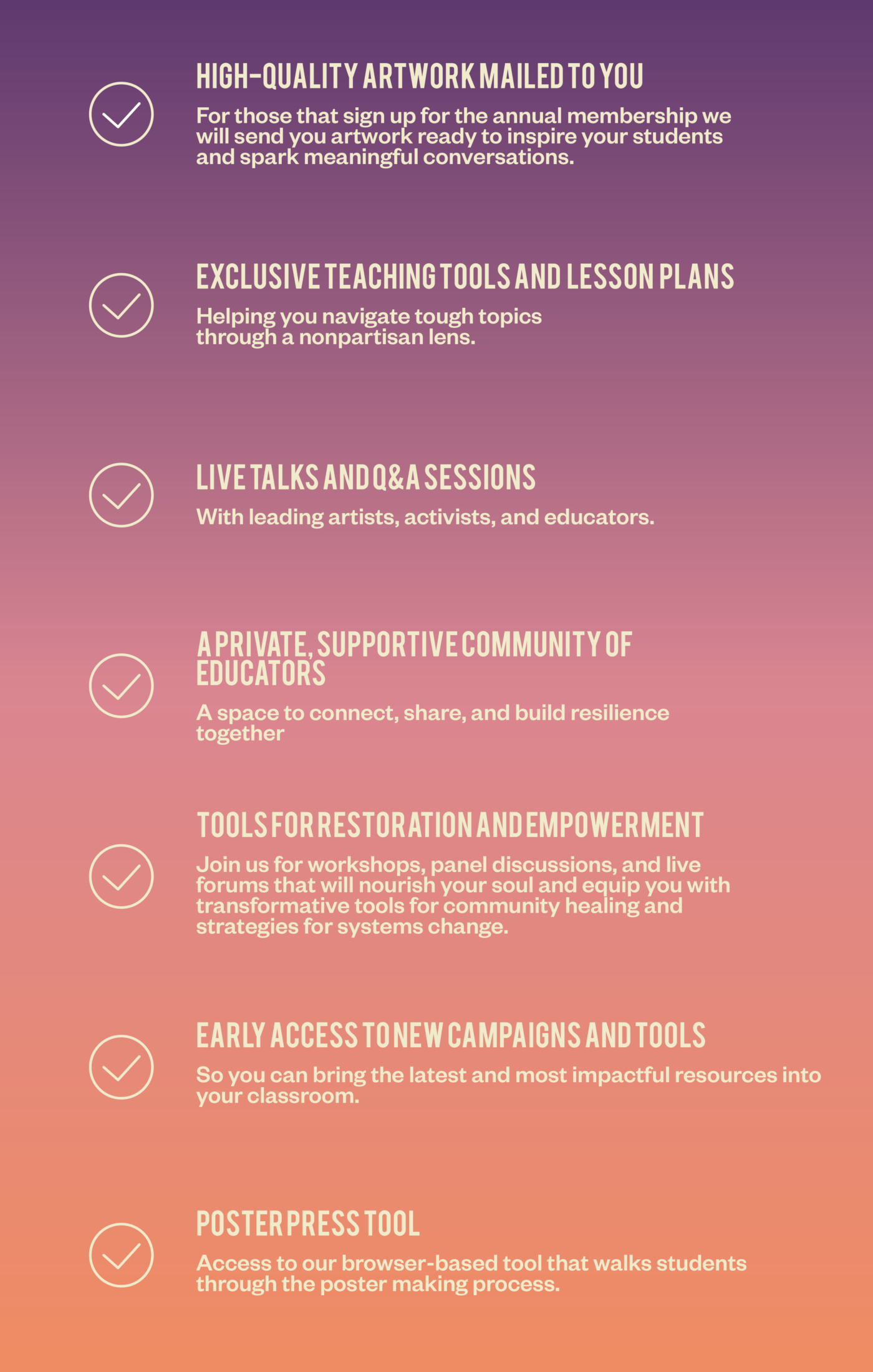
Map of our Education Amplifier Network
